
A scene from the 1857 Indian Rebellion (Bengal Army). Wikipedia Commons.
The historiography of the revolt of 1857 has revolved, mostly, around kings, queens, zamindars and caste Hindu soldiers.
But what of Dalits who led armies, instigated revolt and laid down their lives for the rebellion of 1857? Badri Narayan, in his paper ‘Reactivating the Past Dalits and Memories of 1857’, tells us that “the Dalits have an emotional link with the 1857 War of Independence because they believe it was initiated by them.”
To reclaim their space and identity in the mainstream narratives of Indian history, the Dalits, in the last three decades, have attempted to take control of “their own images and narratives, witness to and participants in their own experience”, writes Charu Gupta in the essay titled “Dalit ‘Viranganas’ and Reinvention of 1857”, reproduced below. “They are not the ‘Other’, and are themselves articulating critical questions of choice and difference.”
While the recorded history may regard the origins of the 1857 mutiny to the episode where Mangal Pandey, an upper-caste soldier of the 34th Bengal Native Infantry regiment of the British East India Company, rebelled against the British at the Barrackpore cantonment, the underlying issue of caste, that may have sparked the revolt, is, however, ignored in this history.
The story of Mangal Pandey refusing to use ‘polluted’ cartridges is connected in Dalit narratives to Pandey’s refusal to share water with a Dalit— Matadin Bhangi. Pandey begins his revolt after his caste pride is hurt because Bhangi taunts him about insufficient attention to the polluting influences of a soldier’s life.
“… there is hardly any mention of Matadin Bhangi, the lower-caste soldier who provoked Mangal Pandey to rebel by pointing out that the cartridges which all the soldiers had to bite with their mouths were greased with the fat of cows and pigs… In the Dalit narrative, Matadin Bhangi emerges as the source of inspiration for the first spark of the revolt.” — Badri Narayan
Another prominent Dalit narrative revolves around the community of Pasis, from the village of Bani, who resisted British cannons in 1857. The story is remembered via folk tradition, presented through plays and songs.
A particularly striking aspect of Dalit narratives of 1857, as studied by Charu Gupta, is the prominence they ascribe to female heroines or ‘Dalit Viranganas’. Eg. Jhalkari Bai of the ‘kori’ caste, Uda Devi, a ‘pasi’, Mahabiri Devi, a ‘bhangi’, & Asha Devi, a ‘gurjari’. The various narratives, as studied by Gupta, go something like this:
These popular histories of dalit viranganas, argues Gupta, are “open to simultaneously persuasive, multiple and contradictory readings”.
On the one hand, one needs to keep in mind that it is dalit men who are largely engaged in writing these histories. And so, “although empowering, these images are not necessarily more representative of dalit women… Simultaneously, there is an assertion of a super moral dalit female subject perhaps also allowing dalit men to police the behaviour of dalit women in general.”
However, on the other hand, “these women figures can also provide counter-hegemonic and oppositional perspectives about dalit women… These dalit viranganas represent dalits in the service of freedom and Indian nationalism. Here the subalterns are very much speaking, to inverse Spivak’s proposition, and they are speaking through these dalit women viranganas. They are representing their own voices.”
The historicity of such narratives are questionable: they are derived from oral histories and some written records. Most records from the era revolve around accounts of feudal lords and royalty. While historical records supporting such oral history are only scantily available, Narayan writes that this exposes a gap between “academic history writing and people’s history”.
Gupta concludes, “It is a history that wishes to, in its own limited way, challenge and subvert conventional modes of thinking, both about 1857 and about dalit women. While it may not be inherently radical or transformative, it provides progressive and different readings. Dalit women here are signifiers of 1857 and through that of dalit identity.”.
An example of a clever subversion of elite narratives of the Revolt of 1857 can be seen in a poem on Jhalkari Bai, who went into battle disguised as Laxmibai, taking off from Subhadrakumari Chauhan’s famous poem:
“khub lari jhalkari tu tau, teri ek jawani thi.
dur firangi ko karne mein, veeron mein mardani thi.
har bolon ke much se sun hum teri yeh kahani thi.”
“[Jhalkari you really fought, your youthfulness was unique.
You were a man among the brave in ousting the British.
We heard your story from the mouth of warriors.]”
The past three decades particularly have seen a flourishing of popular dalit literature, pamphlets and booklets, which have emerged as a critical resource for deeper insights into dalit politics and identity. Dalits themselves are disentangling received knowledge from the apparatus of control. This literature brings fresh hope, as it is believed that now dalits are in charge of their own images and narratives, witness to and participants in their own experience. They are rescuing dalit culture from degeneration and stereotypes, and bringing in a new dalit aesthetic. They are not the “Other”, and are themselves articulating critical questions of choice and difference.
Most of this literature is mass produced in thousands, usually in the form of thin pamphlets. It is sold in large quantities through small ad hoc stalls put up at various public rallies, conglomerations and melas of dalits, on pavements, and through dalit presses and publishers, reaching through such commercial networks into a large number of dalit households. Most of the authors are not known much or well established. There is a technical lack of sophistication in the production of these pamphlets, and they are usually thin, reproduced with many editions, priced very cheaply at approximately between Rs 2 and Rs 50, printed on cheap paper, through private dalit presses. They are written in simple colloquial Hindi, and encompass various literary genres.
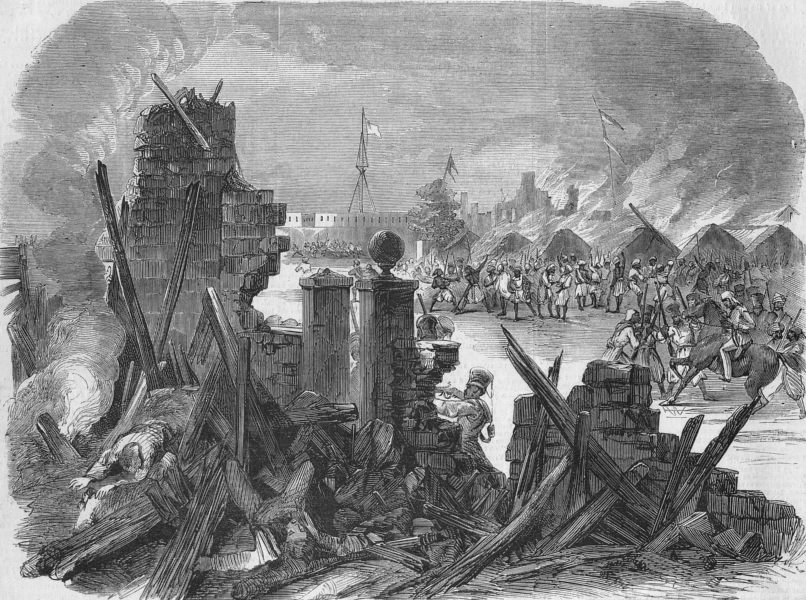
“The Sepoy revolt at Meerut,” wood-engraving from the Illustrated London News, 1857
While covering a huge range, from works by and on Ambedkar, status of dalits and atrocities on them, reservations, conversions, dalit literary writings, theatre and songs, what interests me here are the representations of nationalist struggle in this literature. It has been argued that dalits have had an ambivalent relationship with both Indian nationalism and colonialism, often contradictory with the views of dominant Hindu communities. Some dalit intellectuals argue that the British liberated the dalit masses from the oppressions of Hindu society, and that British rule was good for the dalits. In Uttar Pradesh, many of the activists within the dalit movement had articulated similar ideas as early as the 1920s. For example, the Adi-Hindu movement in the 1920s and 1930s and its leaders were against the Congress and the national movement, and were pro-British. However, in post-independent India, given the imperative political assertions by the dalits, there has been a need felt to assert the nationalist credentials of the dalits and the positive role they played in the freedom struggle. Thus dalit histories have come out with copious volumes on their contribution and role in the independence movement, digging out hitherto ignored accounts. The social constructions of the role played by dalits in the struggle for India’s freedom have thus been changed by the dalits themselves in tandem with changing social and political conditions in specific historical moments within dalit communities. What is significant, however, is that weather dalits argue for an anti-nationalist or a pro-nationalist stance in the colonial period, their agendas and articulations are substantially different, departing from and challenging conventional nationalists and mainstream historians of the period. Dalit perspectives on their own histories offer a dramatically different account from the received wisdoms taught in most Indian universities.
Thus dalit histories have come out with copious volumes on their contribution and role in the independence movement, digging out hitherto ignored accounts. The social constructions of the role played by dalits in the struggle for India’s freedom have thus been changed by the dalits themselves in tandem with changing social and political conditions in specific historical moments within dalit communities. What is significant, however, is that weather dalits argue for an anti-nationalist or a pro-nationalist stance in the colonial period, their agendas and articulations are substantially different, departing from and challenging conventional nationalists and mainstream historians of the period. Dalit perspectives on their own histories offer a dramatically different account from the received wisdoms taught in most Indian universities.
Promoting alternative accounts of role of dalits in the freedom struggle, this literature portrays itself as the real and comprehensive truth. It catalogues their enormous sacrifices and enumerates the many occasions on which dalits rose in defence of the nation. These stories are endlessly repeated in pamphlets after pamphlets, though they have not found their way in canonised/ mainstream history. What is being proposed by dalit writers here is the concreteness and the almost palpable truth of this history. This popular dalit literature can be seen to represent alternative and dissident voices, coexisting with and simultaneously challenging hegemonic ideologies. It is a counterpoint to hegemony. It also reflects Bakhtin’s notions of dialogics and heteroglossia, and Stuart Hall’s concept of “oppositional” decoding, challenging “dominant-hegemonic” and “negotiated” reading positions.
The revolt of 1857 figures in a major way in the narratives of popular dalit histories, where a completely alternative account of the revolt emerges, converging histories, myths, realities and retelling of the pasts. The outbreak of 1857 has been regarded as a memorable episode in Indian history. It was in a sense one of the first formidable revolt that had broken out against foreign domination. To prove the nationalist credentials of dalits, their popular histories have thus completely transformed 1857.
Before going into these narratives let us briefly examine conventional and standardised histories of the revolt. Various strands of historiography largely seem to converge, particularly on the question of the caste character of the revolt. According to nationalist historians like S B Chaudhuri, Tara Chand and R C Mazumdar, the social composition of 1857 consisted of the ruling class and the traditional elite of the society, who were the “natural leaders” of the revolt. The elitist character of the revolt is highlighted by referring to it as a general movement of the Muslims and the Hindus-princes, landholders, soldiers, scholars and theologians. Marxist scholars seem to fall within the same paradigm where they basically see the revolt as a last attempt of the elite medieval order to halt the process of its dissolution and recover its lost status. Thomas R Metcalf too emphasises that it was not merely a mutiny nor a war of independence. For him 1857 was “a traditionalist movement in which those who had the most to lose in the new sought the restoration of the old pre-British order”. In his significant work, Eric Stokes, while highlighting the local background of the upsurge, also argues that it was the fear of the loss of an upper caste status due to the use of fat-greased cartridges that precipitated the uprising. He shows how ashraf Muslims, brahmins and rajputs had secured a near monopoly over entry into the Bengal army and they were afraid of a loss to their status. Many other contemporary accounts too emphasise the hurt and the fears of pollution felt up upper caste Hindus as an important reason for the revolt. How do dalit histories of 1857 sit in with these accounts? The purity/pollution ties of the upper castes and classes, linked with the crossing of seas or biting of the flesh of the cow or the pig, do not fit in with dalits. There have been other scholars who have emphasised the lower caste base of the revolt as well. Thus, for example, Rudrangshu Mukherjee emphasises the mutual dependence between peasantry and talukdars, which provided the basis for common and united action at this tumultuous juncture. He thus links the seemingly disjointed and contradictory realms of the elite and the common masses. Gautam Bhadra also highlights the common leaders of the revolt. However, even these scholars, in spite of their best intentions, do not explicitly focus on dalits and even less so on women. As Bhadra says, “In all these representations what has been missed out is the ordinary rebel, his role and his perception of alien rule and contemporary crisis” (emphasis in original).
How do dalit histories of 1857 sit in with these accounts? The purity/pollution ties of the upper castes and classes, linked with the crossing of seas or biting of the flesh of the cow or the pig, do not fit in with dalits. There have been other scholars who have emphasised the lower caste base of the revolt as well. Thus, for example, Rudrangshu Mukherjee emphasises the mutual dependence between peasantry and talukdars, which provided the basis for common and united action at this tumultuous juncture. He thus links the seemingly disjointed and contradictory realms of the elite and the common masses. Gautam Bhadra also highlights the common leaders of the revolt. However, even these scholars, in spite of their best intentions, do not explicitly focus on dalits and even less so on women.
With the rise of the dalit movement and literature in north India, the history of 1857 however has been completely inversed, with many histories of it being rewritten, particularly since the 1960s. Contemporary dalit perceptions and compositions of 1857 are very different from scholarly historical studies on the subject, or even constructed “popular” perceptions, and represent the historical consciousness of the revolt in the public memory of the dalits. The pamphlets and books on dalit histories of 1857 – which may also be described as unofficial dalit histories of colonial India – combine myths, memories and histories, depicting dalit versions of the revolt. Dalit writers are attempting here to look upon the mutiny as part of their struggle for freedom. The revolt has taken on the character of a dalit resistance, where alternative dalit heroes are represented as the real symbols of 1857 in dalit popular nationalist consciousness. The rebel dalit heroes – some constructed, some exaggerated, some “discovered” – have become heroes fighting for a free India. In these accounts, the armies of soldiers against British consist largely of dalits. New dalit histories argue that the dalits had nothing much to lose in pre-British times, as their condition had been miserable even then. So it was actually dalits who fought for independence in 1857, while the upper caste Hindus and Indian rulers only fought to restore their rule. The focus of this literature is no longer on the sepoys or the greased cartridges, but on dalits groaning under foreign oppression. As the famous dalit poet Bihari Lal Harit says regarding 1857:
nai, dhobi, kurmi, kachchi/bharbhuje bhaat kumhaar lare.
Lare khak rub mochi dhanak/sab daliton ke parivar lare.
(Barbers, washermen, kurmis, gardeners, grain-parchers, bards and potters fought.
Cobblers rolling in dust and cotton-carders fought. All dalit families fought.)
Dalit narratives of 1857 deploy an impassioned language, and are written usually by dalit men who are not trained historians. These writers are inspired by altogether different sentiments, and their writings reveal the inner dynamics of dalit politics as well. They are writing history with a mission by claiming a past and using it for the furtherance of their future. One of their purposes in writing inspirational histories of this kind is to stimulate dalit nationalism, dalit patriotic sentiment, and their pride. They are rewriting history to provide dignity to the dalits. Present day feelings are ascribed to dalit heroes of 1857, and they are seen as teaching a moral lesson that the dalits of today need to emulate the heroic deed of their past heroes, and fight for their rights today as well. In the dalit literature, 1857 has become the Caesar of India, which is more powerful when dead than alive. It has got inscribed as a heroic popular uprising fought by the lowly, a symbol of challenge to the British power by the dalits. It entailed united dalit activism and sacrifice of enormous numbers. Its history is constantly being reshaped in the present socio-cultural and political context. It has an inspirational quality, an effective conviction, which signifies a present political importance.

Wood-engraving depicting the massacre of officers by insurgent cavalry at Delhi
1857 has also become a marker for the dalits to prove their nationalist credentials, and claim their own space in the freedom struggle and the history of a nation in the making. By this, dalits also seek to win acceptance from the wider society by creating and legitimising a space for themselves within the nationalist narratives. However, these histories are not just reinventions of the past or inspirational histories. They also reveal a deep impassioned plea to recognise the unsung heroes of the revolt, who were often illiterate and left no written records. Folksongs, oral narratives and myths also thus become the basis of these accounts. As says one:
yatra-tatra sarvatra milegi, unki gaatha ki charcha.
kintu upekshit veervaron ka – kabhi nahin chapta parcha.
(Here, there and everywhere, you will find discussions on their deeds, but the scorned [dalit] heroes are never written about in papers.)
However, this literature has not found its way in mainstream, conventional and canonised historical narratives of 1857, be it school textbooks, restructured curricula or scholarly works. The reasons for this may be camouflaged in a language about “quality”, authenticity and written historical records. Dalit literature on 1857 may be seen as “inferior”, sensational, mimetic and unintellectual, though moving and passionate. The cannon fodder of 1857 history has thus kept dalit versions of 1857 away from the loci of authority – university departments, literary associations and syllabi. Dalit literature on 1857 occupies a different publicpolitical domain and presents an alternate form of knowledge. The language and vocabulary deployed in dalit literature on 1857 stresses the need for dalitisation of history and to examine the dalit leaders of the revolt. Dalits claim that reinventing 1857 from a dalit perspective is imperative in order to represent reality. While appropriating the past, dalit writers are simultaneously questioning the blurred presentations and partial/prejudiced histories of historians, arguing that dalit heroes of the revolt have been completely erased by them. They argue that most historians implicitly hold their high caste biases when writing histories of 1857.
A chief feature of these popular dalit histories of 1857 is the way dalit women get represented in them. Here myths about dalit viranganas (heroic women) are being reinvented as a potent symbol for identity formation and as a critical part of a movement to define political and social positioning of dalits. Narratives of dalit viranganas abound, with a long list of them littering the Indian past. These women are ascribed particularly heroic roles. In fact, dalit female icons, engaged in radical armed struggles, far outnumber dalit men in 1857. These writings invoke political and public dalit memories, where women like Jhalkari Bai of the kori caste, Uda Devi, a pasi, Mahabiri Devi, a bhangi and Asha Devi, a gurjari, all stated to be involved in the 1857 revolt, have become the symbols of bravery of particular dalit castes and ultimately of all dalits.
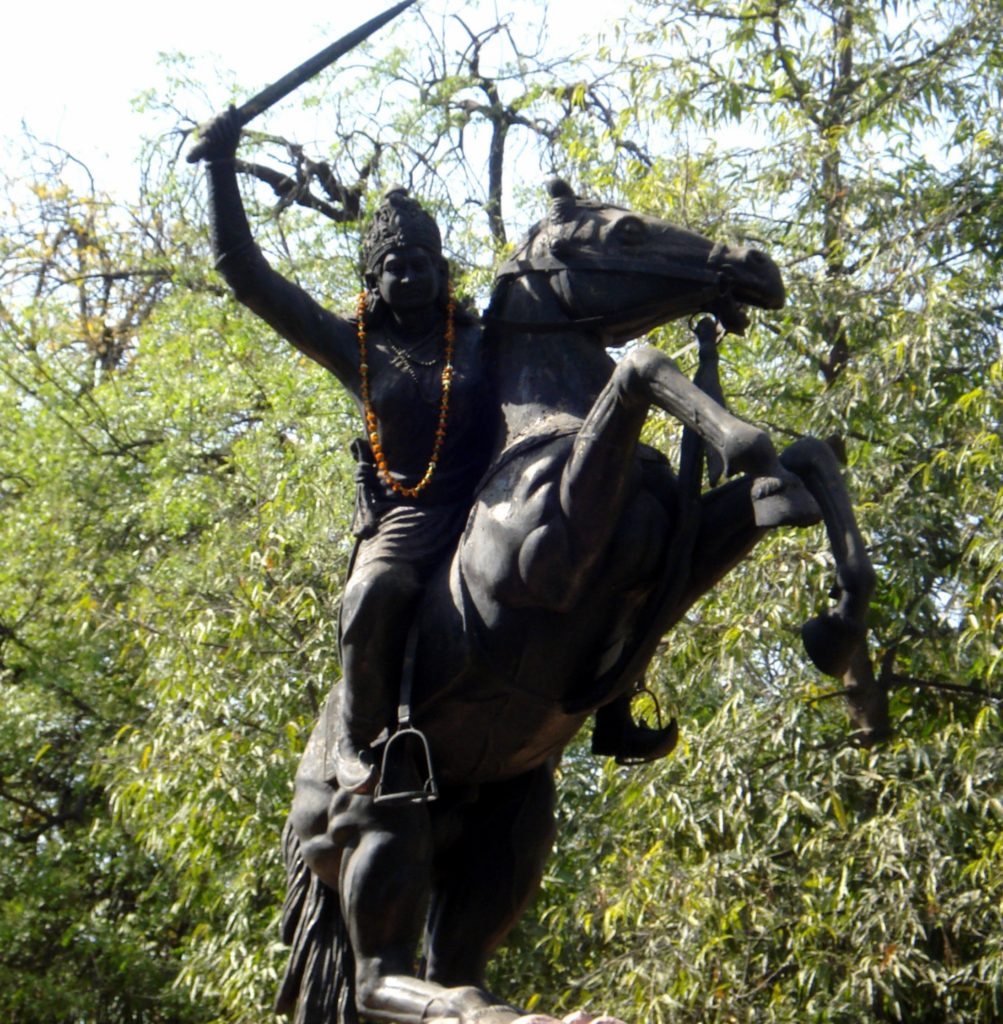
Jhalkari Bai statue at Gwalior
Representing the dalit woman in certain modes in 1857 also indicates ways in which pasts are remembered and retailed, and the relationships of such pasts to people’s sense of belonging. As has been remarked, representation can pose afresh the relationship between memory, myth and history, oral and written, transmitted and inscribed, stereotypicality and lived history. Reading the histories of dalit women viranganas of 1857 through the lens of representation adds important dimensions to our understandings of it, while also revealing tensions between the pedagogical and the performative, the rhetoric and the reality. Foucault has argued that all representations are by their very nature insidious instruments of surveillance, oppression and control – both tools and effects of power. However, if we argue that representations of dalit women are constructed only to support dominant modes of ideology, and that their aim is ultimately coercive, then how can we use this space also for confrontation? Does representation have the scope of carving out more contingent, varied and flexible modes of resistances? Within the field of representation, counter-images can emerge, challenging hegemonic images.
Representing the dalit woman in certain modes in 1857 also indicates ways in which pasts are remembered and retailed, and the relationships of such pasts to people’s sense of belonging. As has been remarked, representation can pose afresh the relationship between memory, myth and history, oral and written, transmitted and inscribed, stereotypicality and lived history. Reading the histories of dalit women viranganas of 1857 through the lens of representation adds important dimensions to our understandings of it, while also revealing tensions between the pedagogical and the performative, the rhetoric and the reality.
In India, there have been a significant number of studies concerned with the representations of high caste, middle class women, particularly of the colonial period. My own earlier work had focused on this. While significant in their own right, there is an implicit implication in these works that since dalit women fall within the category of “women”, their representation need not be singled out for a separate study. Thus, portrayal of dalit women of the colonial period as a major area of feminist scholarly examination has remained negligible and on the fringes. Dalit literature on 1857 provides us a significant moment to examine alternative representations of dalit women. It can be an important source of insight into gender politics from a dalit perspective and a site of struggle over meanings. While highlighting the centrality of these dalit women viranganas in the symbolic constitution of dalit identity, this literature simultaneously reveals a world turned upside down, challenging textual, academic and historical narratives of 1857. It further shows how resistance to dominant discourses about dalit women has been coded and lived by various groups of dalits within dalit communities at different historical moments. Dalit women viranganas emerge here as not only visible, but as conspicuous and central characters, and objects of attention and adulation.
Thus for example, to take the case of Jhalkari Bai, there has been a proliferation of a vast number of popular Hindi tracts, written by various authors, and cultural invocations on her, including comics, poems, plays, novels, biographies, ‘nautankis’, and even magazines and organisations in her name. To name just a few, there is the comic Jhalkari Bai; poems variously titled Virangana Jhalkari Bai Kavya, Jhansi ki Sherni: Virangana Jhalkari Bai ka Jeevan Charitra and Virangana Jhalkari Bai Mahakavya; plays and nautankis called Virangana Jhalkari Bai and Achhut Virangana Nautanki; novels and biographies like Virangana Jhalkari Bai and Achhut Virangana; and a magazine called Jhalkari Sandesh, published from Agra. Various dalit magazines have published articles on her. Similarly, on Uda Devi, there are poems, plays, stories and magazines penned and narrated on various occasions.
The various narratives go something like this. Jhalkari Bai is depicted as an ‘amar shaheed’ (immortal martyr) of 1857, belonging to the kori caste. Jhalkari Bai hailed from Jhansi. Her husband Puran Kori was an ordinary soldier in the kingdom of raja Gangadhar Rao. Jhalkari Bai is depicted as an ideal woman, occasionally helping her husband in his traditional occupation of cloth weaving, and also sometimes accompanying him to the royal palace. She is stated to be brave since her childhood and further got training from her husband in archery, wrestling, horseriding and shooting. Her face and body structure is said to resemble Lakshmibai exactly. Slowly Jhalkari Bai and Lakshmibai become friends. Jhalkari was entrusted with the charge of leading the women’s wing of the army, known as the “Durga Dal”. When the 1857 revolt began, the rulers were mostly interested in just saving their thrones and it was not a freedom struggle for them. It was dalits who made it a freedom struggle. When the British besieged the fort of Jhansi, Jhalkari Bai fought fiercely. She urged Rani Lakshmibai to escape from the palace and instead she herself took on the guise of the Rani and led the movement from Dantiya gate and Bhandari gate to Unnao gate. Her husband died while fighting with the British and when Jhalkari Bai heard this, she became a “wounded tigress”. She killed many British, and managed to hoodwink them for a long time, before they discovered her true identity. According to some versions, suddenly many bullets hit her, and she died. Some state that she was set free, lived till 1890 and became a legend of her time.
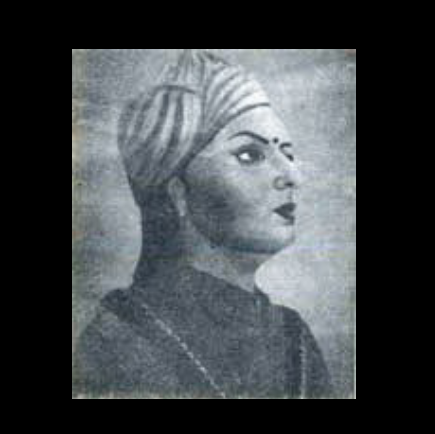
Uda Devi
Uda Devi is said to have been born in the village Ujriaon of Lucknow. She was also known as Jagrani and was married to Makka Pasi. She became an associate of Begum Hazrat Mahal, and Uda formed a women’s army, with herself as the commander. Her husband became a martyr in the battle at Chinhat. Uda decided to take revenge. When the British attacked Sikandar Bagh in Lucknow under Campbell, he was faced with an army of dalit women:
koi unko habsin kehta, koi kehta neech achchut.
abla koi unhein batlaye, koi kahe unhe majboot.
(Some called them black African women, some untouchable. Some called them weak, others strong.)
It is significant here that even W Gordon-Alexander’s account of the storming of Sikandar Bagh by British troops states:
In addition…there were…even a few amazon negresses, amongst the slain. These amazons having no religious prejudices against the use of greased cartridges, whether of pigs’ or other animal fat, although doubtless professed Muhammadans, were armed with rifles, while the Hindu and Muhammadan East Indian rebels were all armed with musket; they fought like wild cats, and it was not till after they were killed that their sex was even suspected.
Uda Devi was one of them, who is said to have climbed over a ‘pipal’ tree and shot dead, according to some accounts 32 and some 36, British soldiers. One soldier spotted someone in the tree and shot the person dead, and only then it was discovered that she was a woman. Realising her brave feat, even British officers like Campbell bowed their heads over her dead body in respect.
Asha Devi Gurjari is portrayed as a leader to a large number of young girls and women and it is stated that on May 8, 1857, she along with a large number of other women like Valmiki Mahaviri Devi, Rahimi Gurjari, Bhagwani Devi, Bhagwati Devi, Habiba Gurjari, Indrakaur, Kushal Devi, Naamkaur, Raajkaur, Ranviri Valmiki, Seheja Valmiki and Shobha Devi attacked the British army and died while fighting.
Certain features stand out in these various narratives. Many of them claim to be centred around neglected dalit women warriors specifically, whose marginalisation cannot be tolerated by dalits any longer. In all of them, these dalit women are depicted as brave from their very childhood, and the 1857 revolt becomes the turning point which sparks them to accomplish great deeds in the face of high odds. However, the voices of dalit viranganas themselves are usually faint discursive threads, as their stories of adventure and bravery are narrated through a variety of sources – oral, official accounts and dalit male authors. It is these authors who provide narrative coherence, filling in the gaps, and slipping into the present tense to add dramatic flourish and detail to the stories. The past and the present blur and mingle to provide a cohesive narrative of dalit oppression and the bravery of these women against all odds. Many of these dalit viranganas become the symbols of pride for one particular dalit caste. Thus Uda Devi is revered by the pasis particularly, and has emerged as a symbol of Pasi honour, dignity, pride, mobilisation and rights. On the other hand, Jhalkari Bai has been appropriated, eulogised and celebrated by all dalit groups, irrespective of divisions between them, and has become a symbol of unity of all dalits.
Many of them claim to be centred around neglected dalit women warriors specifically, whose marginalisation cannot be tolerated by dalits any longer. In all of them, these dalit women are depicted as brave from their very childhood, and the 1857 revolt becomes the turning point which sparks them to accomplish great deeds in the face of high odds. However, the voices of dalit viranganas themselves are usually faint discursive threads, as their stories of adventure and bravery are narrated through a variety of sources – oral, official accounts and dalit male authors. It is these authors who provide narrative coherence, filling in the gaps, and slipping into the present tense to add dramatic flourish and detail to the stories. The past and the present blur and mingle to provide a cohesive narrative of dalit oppression and the bravery of these women against all odds. Many of these dalit viranganas become the symbols of pride for one particular dalit caste.
Most of these dalit viranganas have Devi or Bai suffixed to their names. They are also projected as highly moral, very “noble”, super brave and super nationalist dalit women. They are emblems of shakti. The written and visual images of these viranganas in the texts itself and on the cover of these pamphlets spectacularise them as usually clad in “masculine” attires, with their bodies all covered up. They are shown to be expert in horse-riding, swimming, bow-arrow and sword fighting. Through such portrayals, dalits hope to garner greater respect, opportunity and dignity to these viranganas, and through them to all dalits. Simultaneously this feeds into conceptions of masculinity. It also covertly challenges notions of dalit female sexuality, and can be seen as a reaction to images of sexually immoral dalit women. By shunning outward expressions of sexuality, dalit women can also hope to build a space where they can wield more control over their bodies and gain dignity and respect within the dominant culture.
Poems and songs occupy a central place in these narratives, which eulogise the viranganas. It is interesting that many of these narrative poems (‘khand kavyas’) have cleverly appropriated the famous poem written by Subhadrakumari Chauhan on Jhansi ki Rani Lakshmibai. Not only are the lines and the words given new meanings and completely reinterpreted, they are also easy to remember. Thus goes one on Jhalkari Bai:
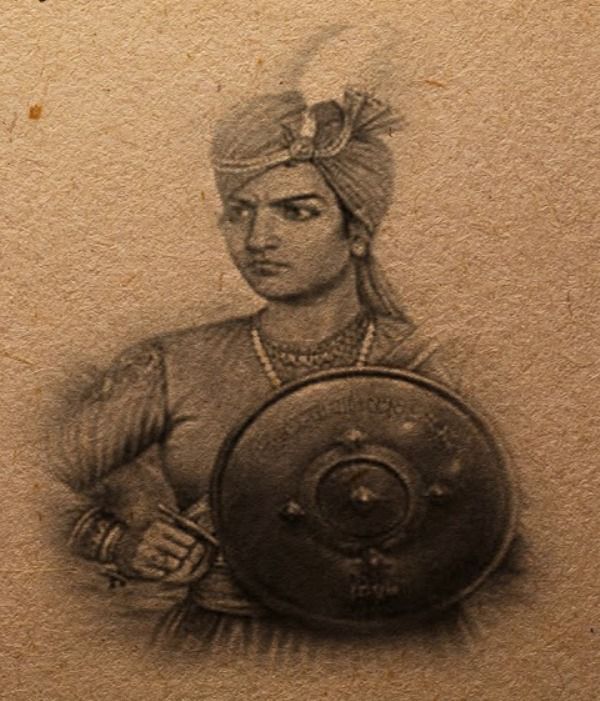
Jhalkari Bai
khub lari jhalkari tu tau, teri ek jawani thi.
dur firangi ko karne mein, veeron mein mardani thi.
har bolon ke much se sun hum teri yeh kahani thi.
rani ki tu saathin banker, jhansi fatah karani thi….
datiya fatak raund firangi, agge barh jhalkari thi.
kali roop bhayankar garjan, mano karak damini thi.
kou firangi aankh uthain, dhar se shish uteri thi.
har bolon ke much se sun ham, roop chandika pani thi.
(Jhalkari you really fought, your youthfulness was unique.
You were a man among the brave in ousting the British.
We heard your story from the mouth of warriors.
You pledged for Jhansi to be victorious by being a friend of the queen.
Jhalkari, you rode from the Datiya gate, trampling the British.
You were like the Kali, and your strike was like lightning.
As soon as a British raised his head, you struck immediately.
We heard your deeds from the warriors, reciting tales of your bravery.)
These songs and poems are often recited in dalit melas and rallies, using dance and musical instruments. Plays too are enacted around them.
The main narrative plots have become more elaborate with time and many stories have been added on, connected to larger purposes of dalit identity. Thus in the Jhalkari Bai story, one episode repeatedly narrated is of Jhalkari being blamed for killing a cow, which had actually been hidden by a brahmin, but the truth is revealed. This story may be linked to challenging dominant colonial and Hindu narratives which have regarded dalits, along with Muslims, as killers of the “holy” cow. Another feature of these writings is that as they have grown, they have become more “sure” in their narrative. Thus for example, the earlier narratives on Jhalkari Bai claim her to be an accomplice of Lakshmibai, who took on her garb to save the rani’s life. We can discern here a tentativeness or uncertainty regarding the role of Rani Lakshmibai in the revolt, where Jhalkari Bai is shown to be an accomplice or at most an equal of Lakshmibai. This has slowly given way to a more sure, authoritative and “mature” dalit history in which Lakshmibai, instead of a model nationalist ruler, appears as a weakling, as reluctant to fight the British, and in fact, is shown as a British supporter and agent. It is stated that Jhalkari Bai was even worried that Lakshmibai might surrender herself to the British as she was very scared of war. Challenging myths and histories surrounding Lakshmibai, it is argued that in reality Lakshmibai not only managed to escape to the forests of Nepal with the help of the ruler of Pratapgarh, she died only in 1915 at the age of 80. It is Jhalkari Bai who is the real martyr and virangana. It is her name that ought to be written in golden letters. She was a dalit woman, with no kingdom, no palace, no expensive jewellery, and no silken clothes. She was neither a queen nor the daughter of a feudal lord, nor the wife of a ‘jagirdar’. She fought selflessly, only for the love of her country, and thus her sacrifice far surpasses anyone else’s.
As a historian, when I started working on these dalit viranganas of 1857, what concerned me was the absence of “hard core”, “written” historical evidence on them in the archives. At one level, I am tempted to argue that anything that mesmerises one is worth cherishing and the magic is ruined by questioning its “authenticity”. Carlo Ginzburg effectively shows how an early manifesto on history “from below” appeared in the form of an “imaginary biography”, where the intention was to salvage through a symbolic character, a multitude of lives crushed by poverty and oppression. The mixture of imaginary biography and historical documents makes it possible even for these dalit histories to leap at a single bound over a threefold obstacle: the lack of evidence, the lack of importance of the subject according to commonly accepted criteria and the absence of stylistic models. A multitude of lives that have been cancelled, destined to count for nothing, find their symbolic redemption in the depiction of immortal characters. But this is not enough. Dalits themselves are keen to prove the historical credibility of their viranganas, and constantly site sources from literary accounts, British narratives, archaeology and oral histories. They claim their works to be “scientific”, “truthful”, “detailed”. As says one:
aithihasik sandarbhon bhitar, ankit sari hai ghatna.
nahin kalpana se kalpit hai – amar humari yeh rachna.
(The whole incident is noted inside historical sources. This immortal story of ours is not a figment of imagination.)
Scattered, often thin, evidence is sited and quoted by dalits repeatedly. Thus on Jhalkari Bai, a constantly quoted source is Vrindavan Lal Varma’s Jhansi ki Rani Lakshmibai. It was published in 1946 after intense personal research and historical reflection, and it mentioned the dusky-complexioned newly wed Jhalkari Dulaiya of the kori caste, who bore a striking resemblance to the Rani. Vishnu Rao Godse, who is said to have been present in the fort when the Rani had fought against General Rose, too had made a reference to Jhalkari in his Marathi book Majha Pravas (My Travels). Similarly on Uda Devi, Amritlal Nagar’s Gadar ke Phool and William Forbes-Mitchell’s Reminiscences of the Great Mutiny are often cited.
And today these stories stand as given, visible truths, with stamps issued in their name, many statues constructed, public rallies and meeting organised, celebrations and festivities conducted, and even colleges and medical institutions formed in their name. Thus, for example, a huge public rally and a mela is organised in Lucknow every year near the statue of Uda Devi at Sikandar Bagh on November 16, the stated day of her martyrdom. With constant evocation, these names have become inscribed in popular dalit memories. Different political parties have repeatedly used these viranganas and made them an integral part of their electoral campaigns and mobilisation strategies, the most successful being the Bahujan Samaj Party, who have used them to build the image of Mayawati particularly.
Are these representations of dalit viranganas historical fictions or fictive histories or something more? How real, exact and truthful in any case are “official”, canonised histories of 1857? Scholars have questioned the possibility of any one authentic history. Histories of dalit viranganas, who are simultaneously dalit and women, stand as persuasive accounts, as histories from below, reaching towards their own “reality”. They take recourse to recorded historical events and intermesh it with subaltern renderings of lost histories, deracinated by mainstream historiography. They are counter-histories of 1857.
These popular histories of dalit viranganas are open to simultaneously persuasive, multiple and contradictory readings. There are, of course, limitations of this literature as a historical source. Their representation of dalit women too needs to be questioned. Very few dalit women themselves have penned these popular pamphlets. It is dalit men who are largely engaged in controlling the way images of dalit women are depicted.
While these dalit viranganas are portrayed as “superwomen”, full of bravery, and doing “impossible” acts, these glorifications and celebratory accounts do not extend to all dalit women in general. They offer a filtered vision, viewed through the eyes of the creators of these images. Victimhood is replaced by a new archetype of heroism. Jhalkari Bai is shown as even killing a tiger single-handedly. Although empowering, these images are not necessarily more representative of dalit women. Further, many of these viranganas are physically attractive in their appearance, “classic” beauties, falling into the stereotype of female beauty. Simultaneously, there is an assertion of a super moral dalit female subject perhaps also allowing dalit men to police the behaviour of dalit women in general. Some of these tracts appear didactic in their endorsement of certain patriarchal values. They are often replete with images of the loyal wife and an ideal mother.
Although empowering, these images are not necessarily more representative of dalit women. Further, many of these viranganas are physically attractive in their appearance, “classic” beauties, falling into the stereotype of female beauty. Simultaneously, there is an assertion of a super moral dalit female subject perhaps also allowing dalit men to police the behaviour of dalit women in general. Some of these tracts appear didactic in their endorsement of certain patriarchal values. They are often replete with images of the loyal wife and an ideal mother.
It may thus be argued from a dalit feminist perspective that the emergence of popular dalit male literature has not altered much the images of dalit women. Though vastly different in their scope, area and portrayals, these presentations codify dalit women in certain ways, and fail to offer a more meaningful portrayal of them. The representations often remain simplistic, rarely revealing the complexity, and dimensionality that make up dalit women’s life. They offer incomplete projections to which not many dalit women can fully relate to. Save for who controls the representations, has anything much changed for the dalit woman? As has been contended by bell hooks, this may apply a mere transference, without radical transformation. A true liberatory potential may only be realised when dalit women themselves can create and represent their own histories and images through a collage of identities and sing their own songs.
To stop here however would be offering only one side of the picture. These women figures can also provide counter-hegemonic and oppositional perspectives about dalit women and about the 1857 revolt. The representation of dalit viranganas on a high moral and heroic ground can also be seen as an appropriation of respectability and “credibility”, imparting dalit participation in past histories new meanings. These dalit viranganas represent dalits in the service of freedom and Indian nationalism. Here the subalterns are very much speaking, to inverse Spivak’s proposition, and they are speaking through these dalit women viranganas. They are representing their own voices. As has been pointed out, “While Spivak is excellent on the ‘itinerary of silencing’ endured by the subaltern, particularly historically, there is little attention to the process by which the subaltern’s ‘coming to voice’ might be achieved.” At places the achievements of these dalit viranganas are juxtaposed to the pathetic conditions of dalit women in general, blaming society at large and men as well, stating that in spite of having a brave past and being protectors of dalit dignity, dalit women have been denied education, have been made slaves, have been oppressed by men.
These women figures can also provide counter-hegemonic and oppositional perspectives about dalit women and about the 1857 revolt. The representation of dalit viranganas on a high moral and heroic ground can also be seen as an appropriation of respectability and “credibility”, imparting dalit participation in past histories new meanings. These dalit viranganas represent dalits in the service of freedom and Indian nationalism. Here the subalterns are very much speaking, to inverse Spivak’s proposition, and they are speaking through these dalit women viranganas. They are representing their own voices.
Dalit women too are now trying to use these images in multiple ways to their maximum advantage. Besides ways in which these symbols have helped build up Mayawati, many have used these figures to question representations of dalit women in general, as well as their oppression and exploitation in real life. Thus Meena Pasi stated, “Uda Devi and Jhalkari Bai have shown to me that I too can resist all kinds of injustices. I do not have to take things lying down. These figures inspire me to question why I am getting less wages from the landlord, why I am beaten up by my husband when I do equal, if not more, work. I can look up to Uda Devi and say that nothing is impossible if one has the will to resist and fight”. These representations of dalit women viranganas may thus also be seen as “positive engendering”. They question and disrupt usual dominant stereotypes of dalit women, either negatively as ‘kutnis’ (evil) and vamps, or as passive victims, powerless and subordinated. The centrality of the dalit viranganas in the 1857 revolt in popular dalit literature provokes reflection on the enabling potential for women’s real lives of ubiquitous icons of dalit feminine power. These images also form a part of feminist studies, as instead of focusing on just dalit women’s “victimisation”, they point to their power and strategies of resistance, even though penned largely by men. Here dalit women are actors and agents in their own right. They are transformed from victims into victors within the context of a narrative. Jhalkari Bai, Uda Devi, Mahabiri Devi, and along with them many other dalit women, emerge as physically commanding and armed, infused with power, strength, bravery, activism and sacrifice, locked in violent conflict with the British.
It may also be argued that what we are dealing with here is no ordinary, academic history. While creating a history of pride, through these celebratory accounts dalit writers are accruing for themselves a psychic space and harnessing the resources needed to hold their own. It is also a history that wishes to, in its own limited way, challenge and subvert conventional modes of thinking, both about 1857 and about dalit women. While it may not be inherently radical or transformative, it provides progressive and different readings. Dalit women here are signifiers of 1857 and through that of dalit identity. These are not just stories of brave dalit women but of all dalits, of their legacy, of their bravery, of their pride, of their sacrifice in service of the nation.
Charu Gupta’s essay has been carried with the permission of its author. It has been presented without its abstract, citations, footnotes and bibliography for purposes of easier reading. You can read the paper in its entirety here.
The Paper has also been published in Bates, Crispin. (2014). ed. Mutiny at the Margins: New Perspectives on the Indian Uprising of 1857 as ‘Condemnation and Commemoration: (En)Gendering Dalit Narratives of 1857’.
Charu Gupta teaches in the Department of History, University of Delhi. She has been a Visiting Faculty at the Yale University, the Washington University and the University of Hawaii. She has also been a Fellow at the Nehru Memorial Museum and Library, Delhi, the Social Science Research Council, New York, the Asian Scholarship Foundation, Thailand, the Wellcome Institute, London, and the University of Oxford.
She is the author of Sexuality, Obscenity, Community: Women, Muslims and the Hindu Public in Colonial India (Permanent Black, Delhi, 2001 & Palgrave, New York, 2002), and The Gender of Caste: Representing Dalits in Print (Permanent Black, India & University of Washington Press, 2016). She is also the editor of Gendering Colonial India: Reforms, Print, Caste and Communalism (Orient Blackswan, Delhi, 2012). She has published several papers in national-international journals on themes of sexualities, masculinities, caste and religious identities.
Read more about her, here.
| 2500 BC - Present | |

|
2500 BC - Present |
| Tribal History: Looking for the Origins of the Kodavas | |
| 2200 BC to 600 AD | |

|
2200 BC to 600 AD |
| War, Political Violence and Rebellion in Ancient India | |
| 400 BC to 1001 AD | |
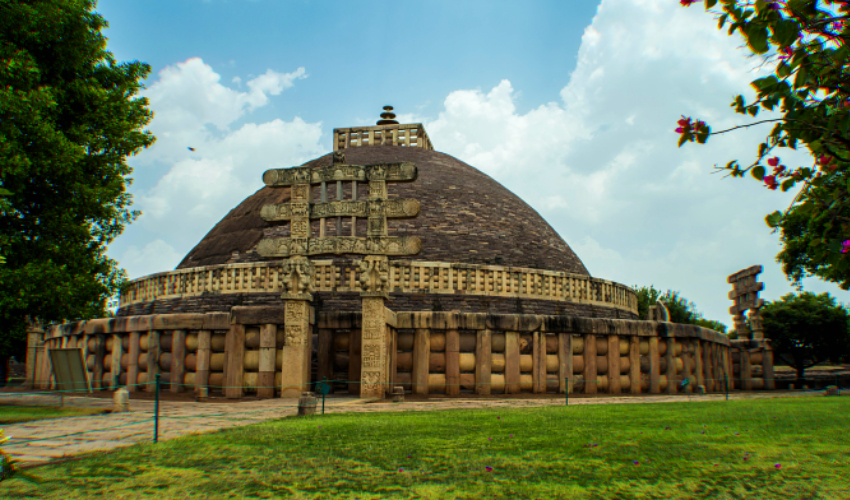
|
400 BC to 1001 AD |
| The Dissent of the ‘Nastika’ in Early India | |
| 600CE-1200CE | |
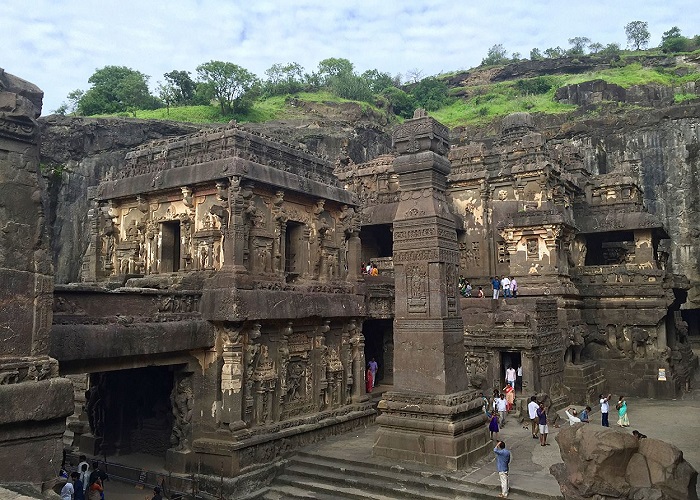
|
600CE-1200CE |
| The Other Side of the Vindhyas: An Alternative History of Power | |
| c. 700 - 1400 AD | |
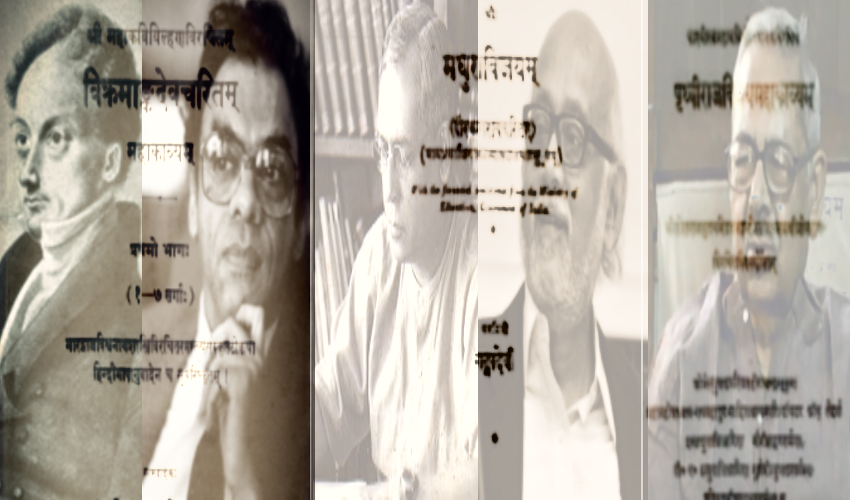
|
c. 700 - 1400 AD |
| A Historian Recommends: Representing the ‘Other’ in Indian History | |
| c. 800 - 900 CE | |
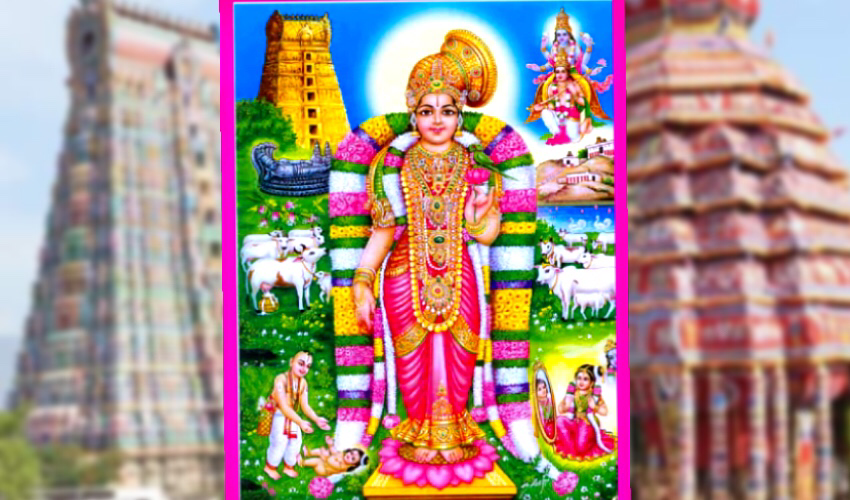
|
c. 800 - 900 CE |
| ‘Drape me in his scent’: Female Sexuality and Devotion in Andal, the Goddess | |
| 1192 | |
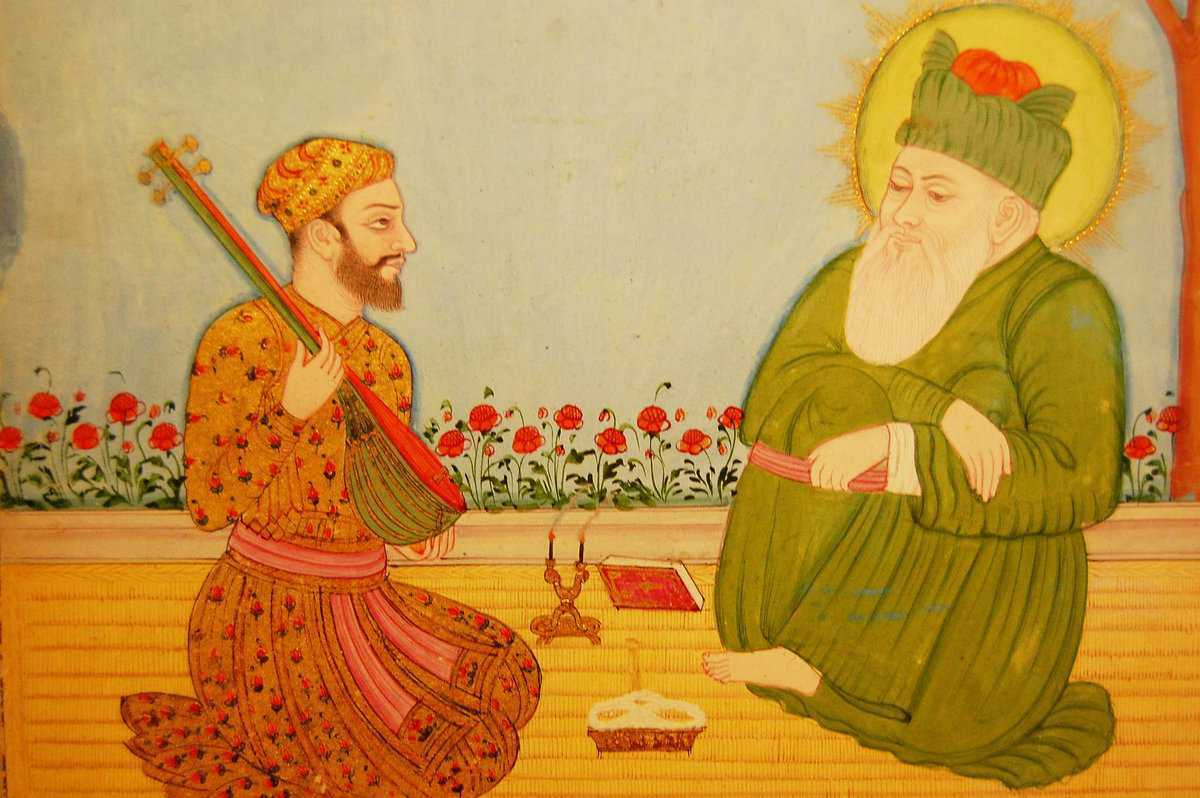
|
1192 |
| Sufi Silsilahs: The Mystic Orders in India | |
| 1200 - 1850 | |

|
1200 - 1850 |
| Temples, deities, and the law. | |
| c. 1500 - 1600 AD | |
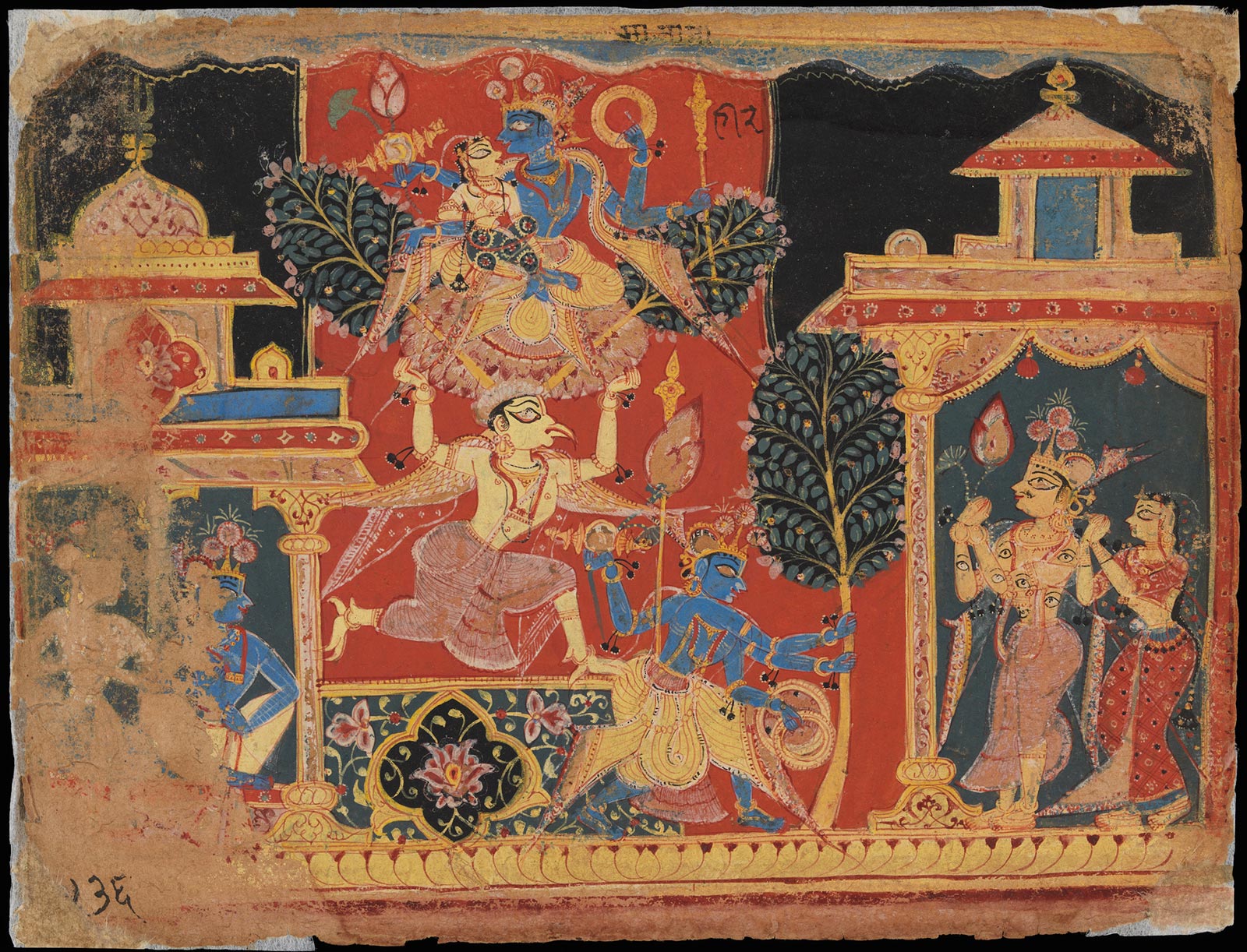
|
c. 1500 - 1600 AD |
| A Historian Recommends: Religion in Mughal India | |
| 1200-2020 | |
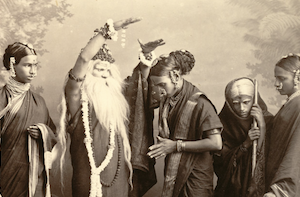
|
1200-2020 |
| Policing Untouchables and Producing Tamasha in Maharashtra | |
| 1530-1858 | |

|
1530-1858 |
| Rajputs, Mughals and the Handguns of Hindustan | |
| 1575 | |
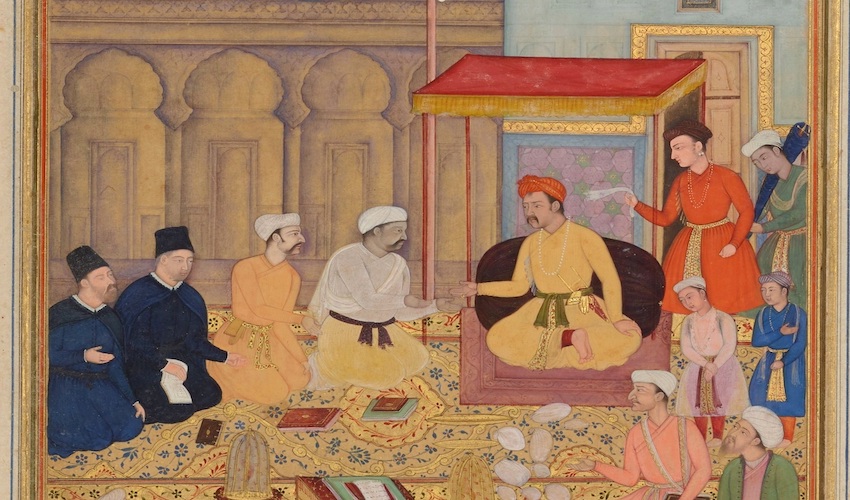
|
1575 |
| Abdul Qadir Badauni & Abul Fazl: Two Mughal Intellectuals in King Akbar‘s Court | |
| 1579 | |
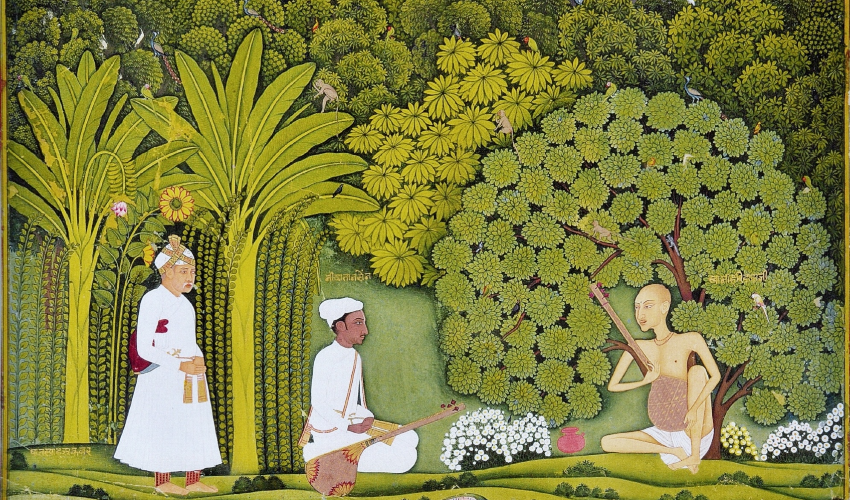
|
1579 |
| Padshah-i Islam | |
| 1550-1800 | |
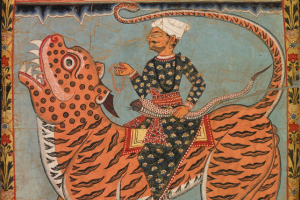
|
1550-1800 |
| Who are the Bengal Muslims? : Conversion and Islamisation in Bengal | |
| c. 1600 CE-1900 CE | |

|
c. 1600 CE-1900 CE |
| The Birth of a Community: UP’s Ghazi Miyan and Narratives of ‘Conquest’ | |
| 1553 - 1900 | |
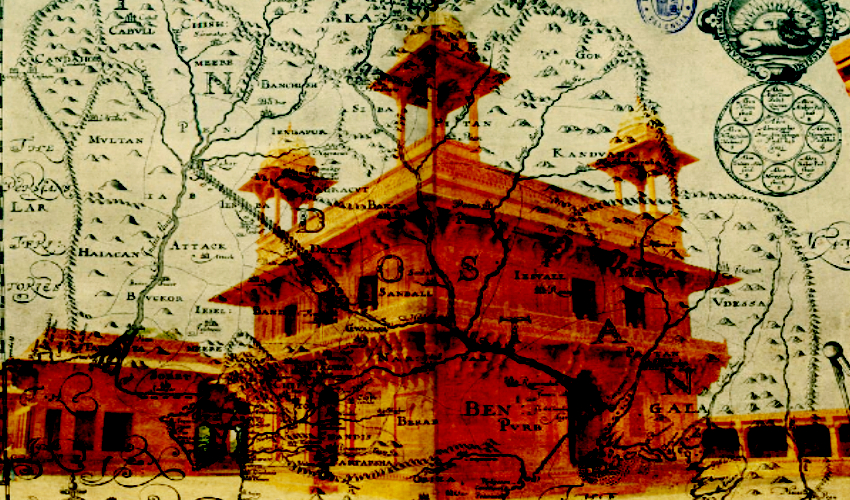
|
1553 - 1900 |
| What Happened to ‘Hindustan’? | |
| 1630-1680 | |
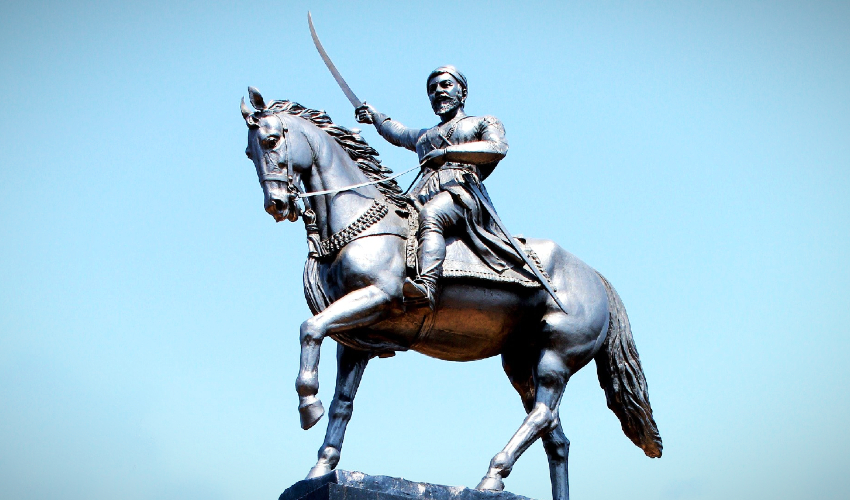
|
1630-1680 |
| Shivaji: Hindutva Icon or Secular Nationalist? | |
| 1630 -1680 | |
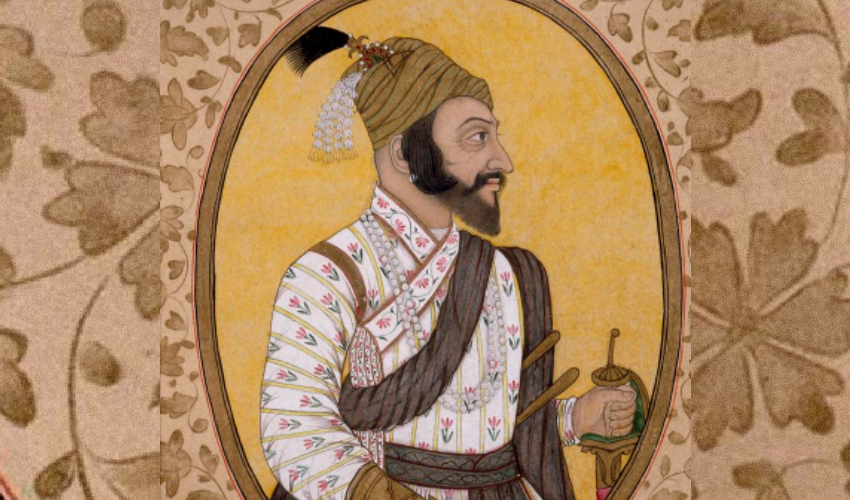
|
1630 -1680 |
| Shivaji: His Legacy & His Times | |
| c. 1724 – 1857 A.D. | |

|
c. 1724 – 1857 A.D. |
| Bahu Begum and the Gendered Struggle for Power | |
| 1818 - Present | |
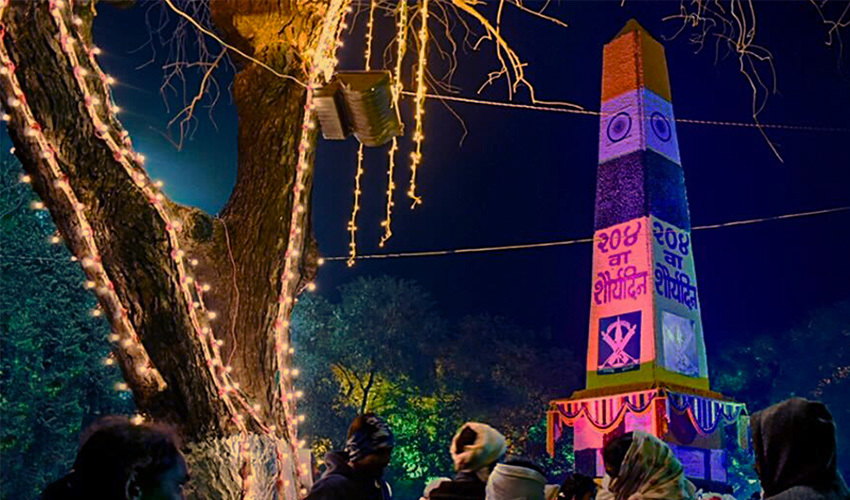
|
1818 - Present |
| The Contesting Memories of Bhima-Koregaon | |
| 1831 | |
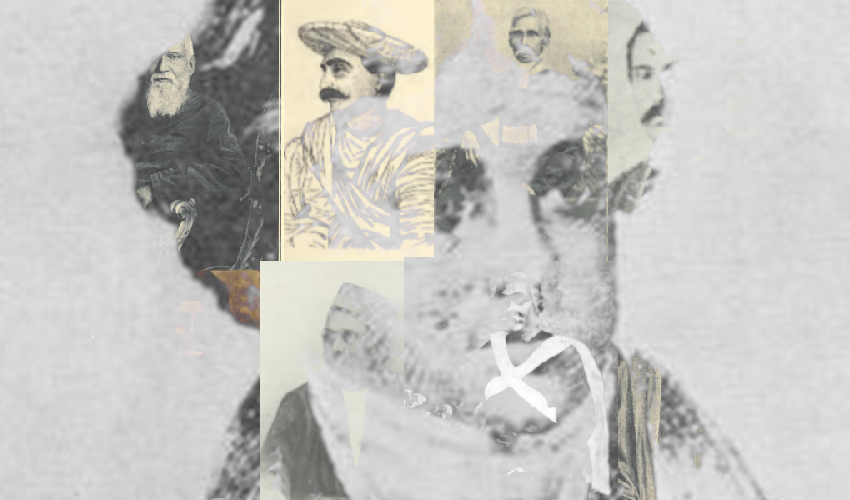
|
1831 |
| The Derozians’ India | |
| 1855 | |
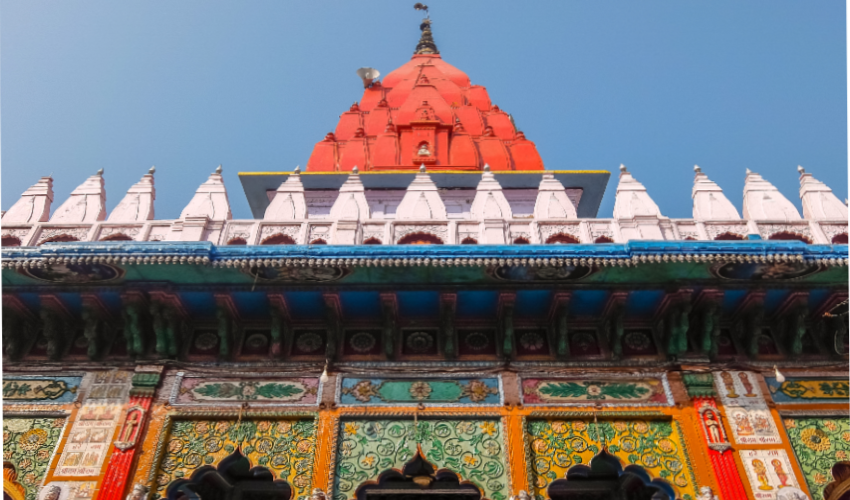
|
1855 |
| Ayodhya 1855 | |
| 1856 | |
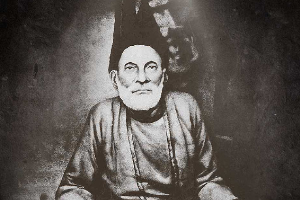
|
1856 |
| “Worshipping the dead is not an auspicious thing” — Ghalib | |
| 1857 | |
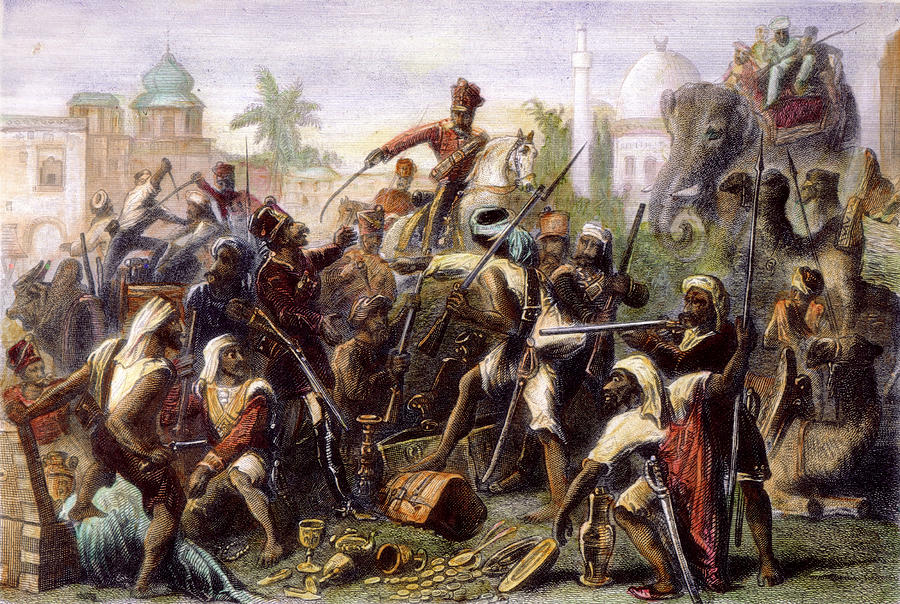
|
1857 |
| A Subaltern speaks: Dalit women’s counter-history of 1857 | |
| 1858 - 1976 | |
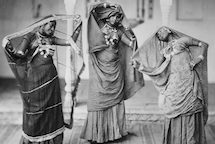
|
1858 - 1976 |
| Lifestyle as Resistance: The Curious Case of the Courtesans of Lucknow | |
| 1883 - 1894 | |
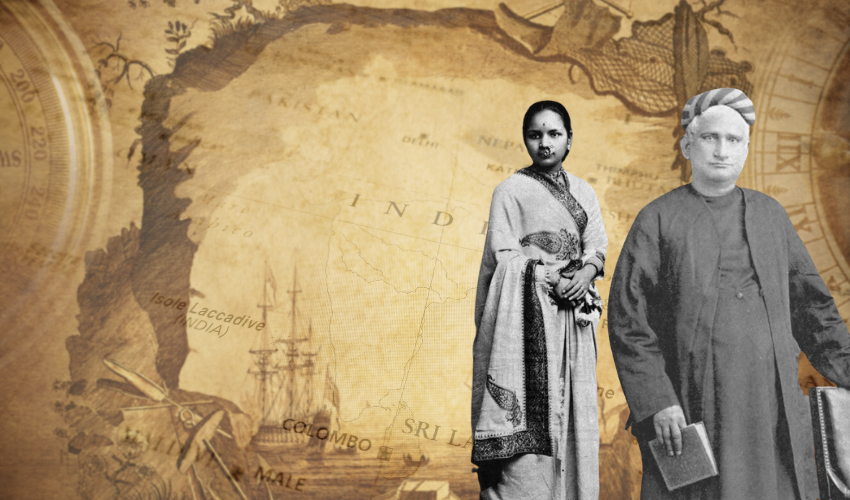
|
1883 - 1894 |
| The Sea Voyage Question: A Nineteenth century Debate | |
| 1887 | |
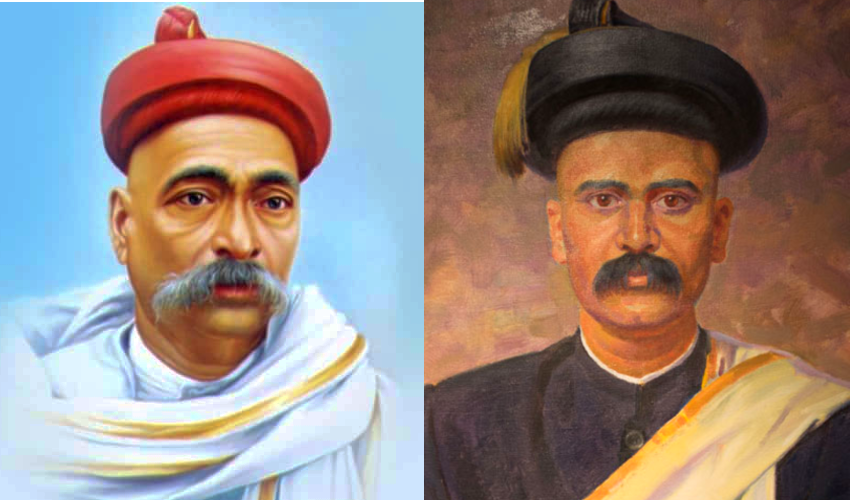
|
1887 |
| The Great Debaters: Tilak Vs. Agarkar | |
| 1893-1946 | |
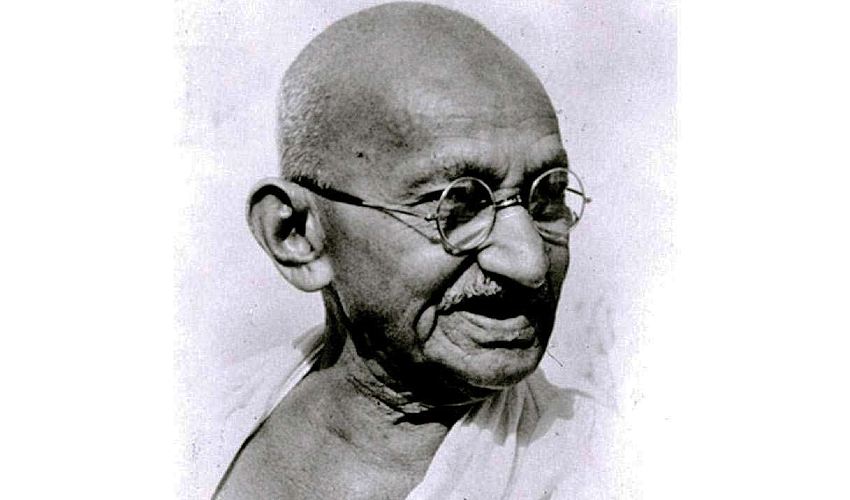
|
1893-1946 |
| A Historian Recommends: Gandhi Vs. Caste | |
| 1897 | |
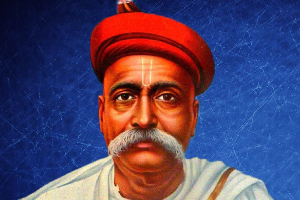
|
1897 |
| Queen Empress vs. Bal Gangadhar Tilak: An Autopsy | |
| 1913 - 1916 Modern Review | |
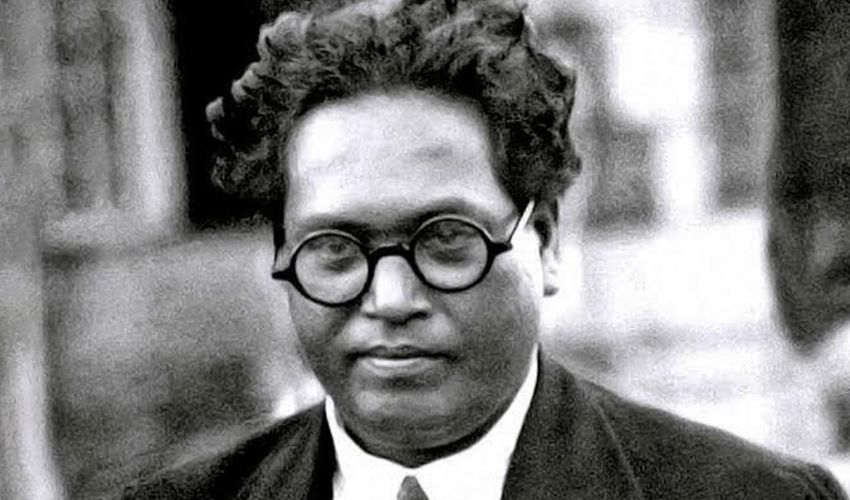
|
1913 - 1916 |
| A Young Ambedkar in New York | |
| 1916 | |
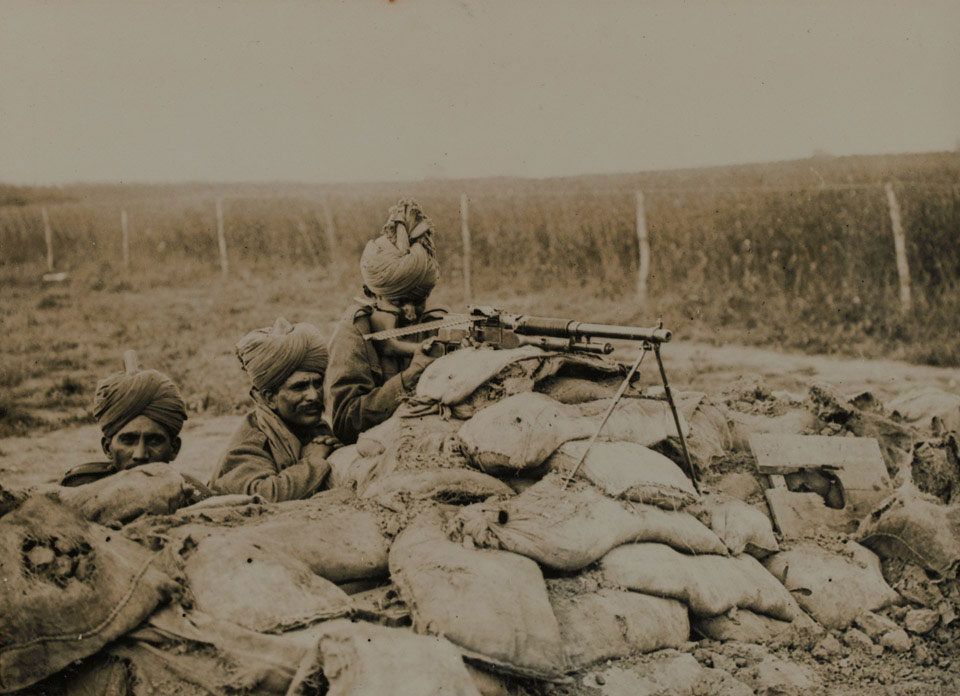
|
1916 |
| A Rare Account of World War I by an Indian Soldier | |
| 1917 | |
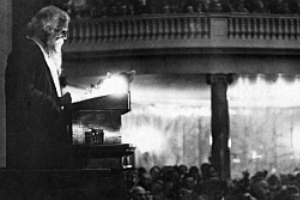
|
1917 |
| On Nationalism, by Tagore | |
| 1918 - 1919 | |

|
1918 - 1919 |
| What Happened to the Virus That Caused the World’s Deadliest Pandemic? | |
| 1920 - 1947 | |

|
1920 - 1947 |
| How One Should Celebrate Diwali, According to Gandhi | |
| 1921 | |
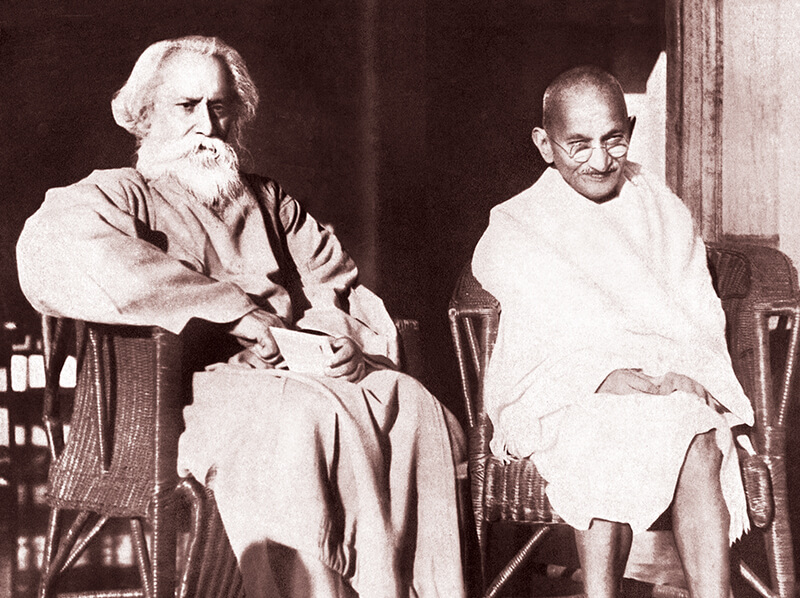
|
1921 |
| Great Debates: Tagore Vs. Gandhi (1921) | |
| 1921 - 2015 | |
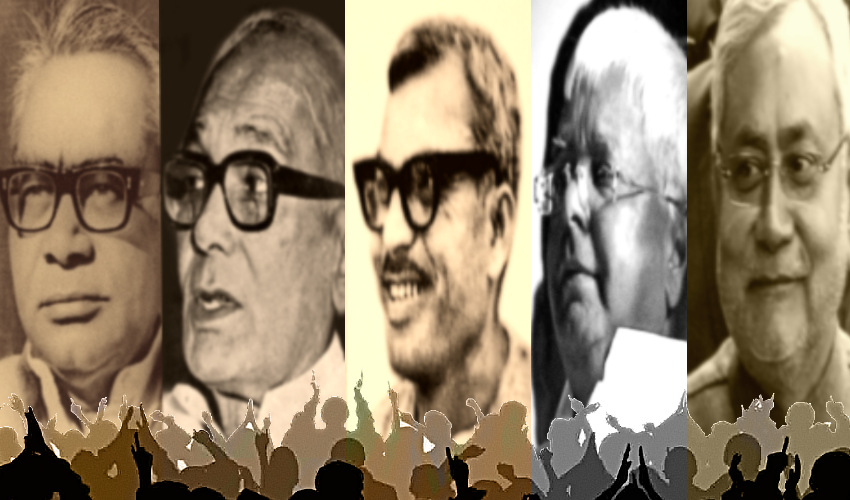
|
1921 - 2015 |
| A History of Caste Politics and Elections in Bihar | |
| 1915-1921 | |
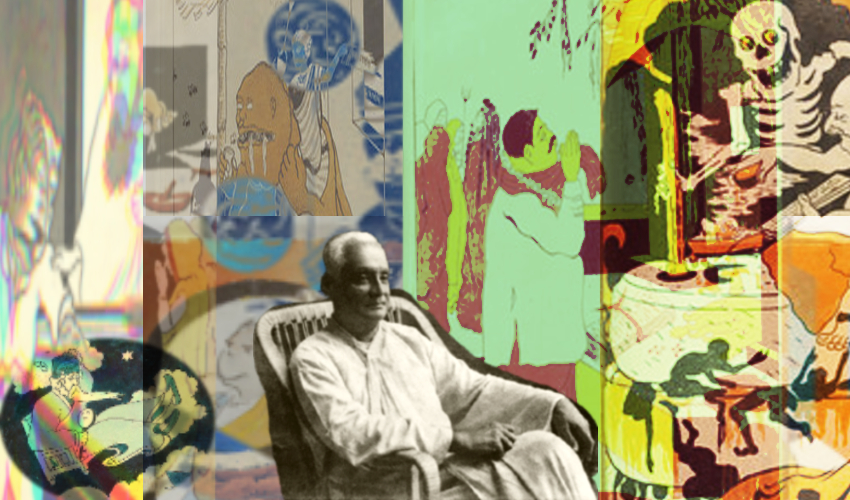
|
1915-1921 |
| The Satirical Genius of Gaganendranath Tagore | |
| 1924-1937 | |

|
1924-1937 |
| What were Gandhi’s Views on Religious Conversion? | |
| 1900-1950 | |
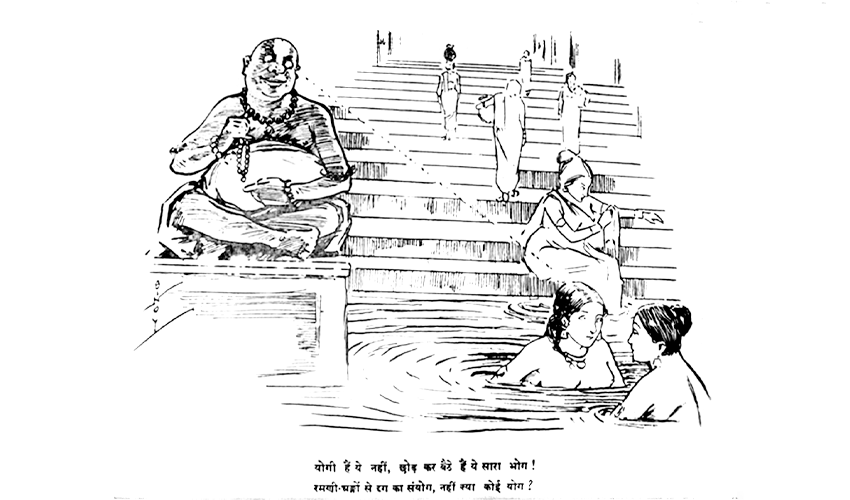
|
1900-1950 |
| Gazing at the Woman’s Body: Historicising Lust and Lechery in a Patriarchal Society | |
| 1925, 1926 | |
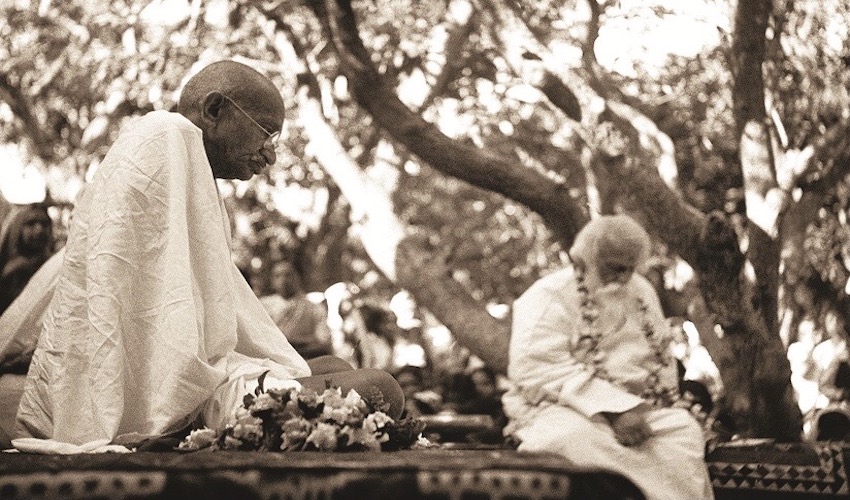
|
1925, 1926 |
| Great Debates: Tagore vs Gandhi (1925-1926) | |
| 1928 | |
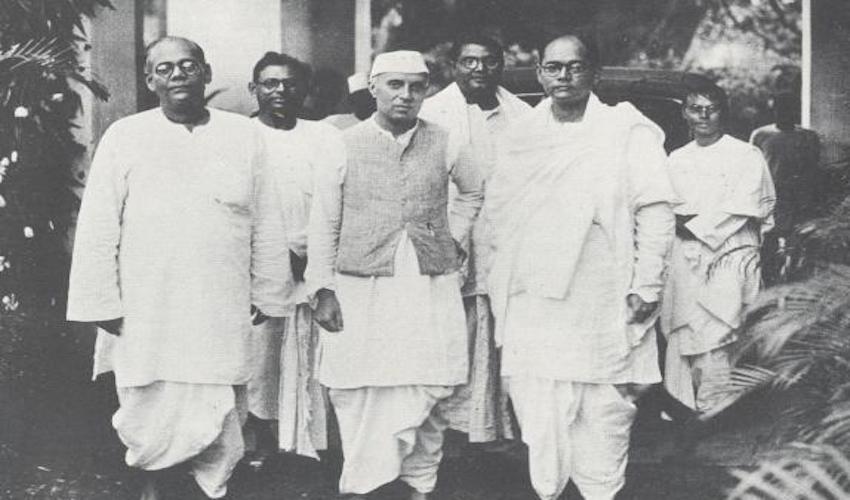
|
1928 |
| Bhagat Singh’s dilemma: Nehru or Bose? | |
| 1930 Modern Review | |
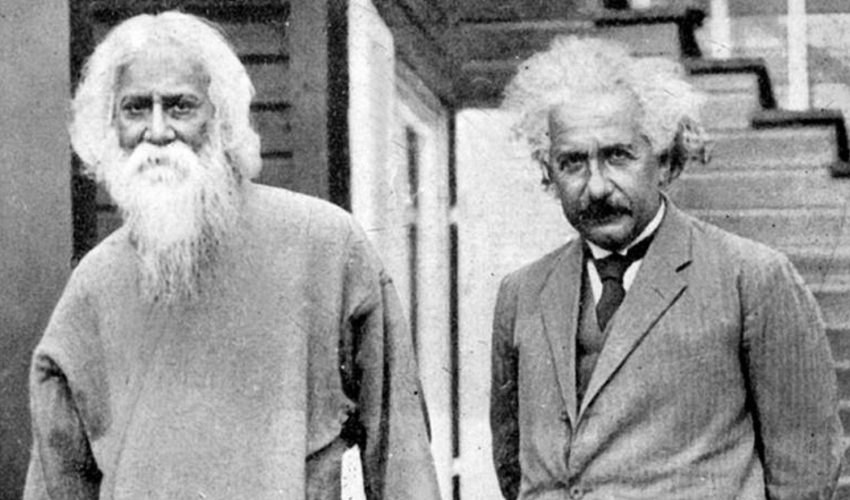
|
1930 |
| The Modern Review Special: On the Nature of Reality | |
| 1932 | |
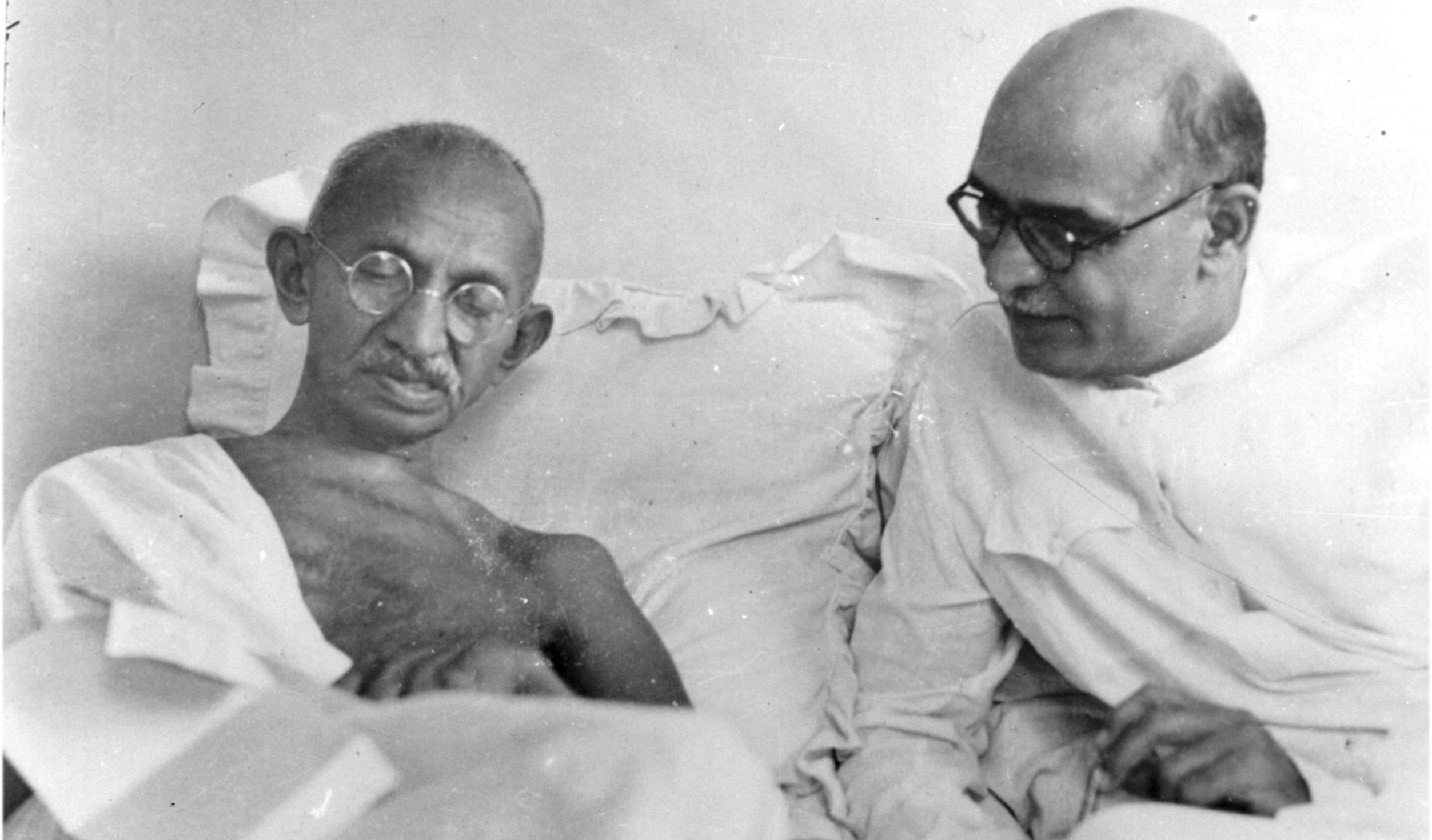
|
1932 |
| Caste, Gandhi and the Man Beside Gandhi | |
| 1933 - 1991 | |

|
1933 - 1991 |
| Raghubir Sinh: The Prince Who Would Be Historian | |
| 1935 | |
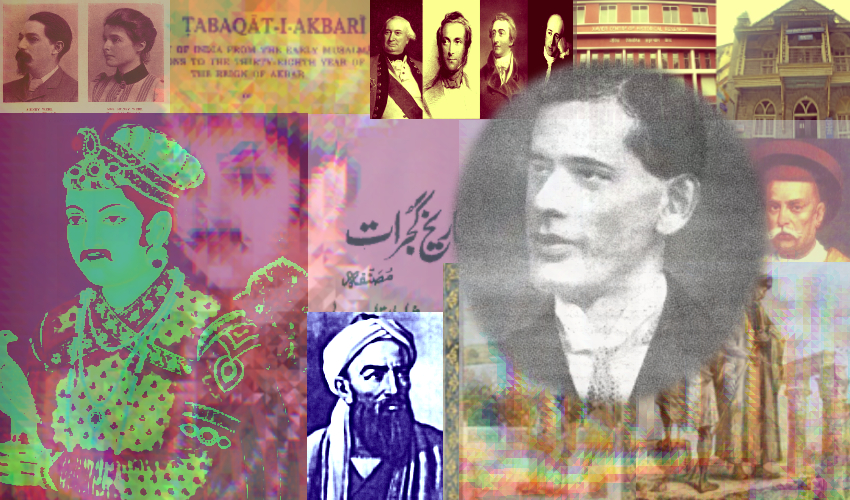
|
1935 |
| A Historian Recommends: SA Khan’s Timeless Presidential Address | |
| 1865-1928 | |
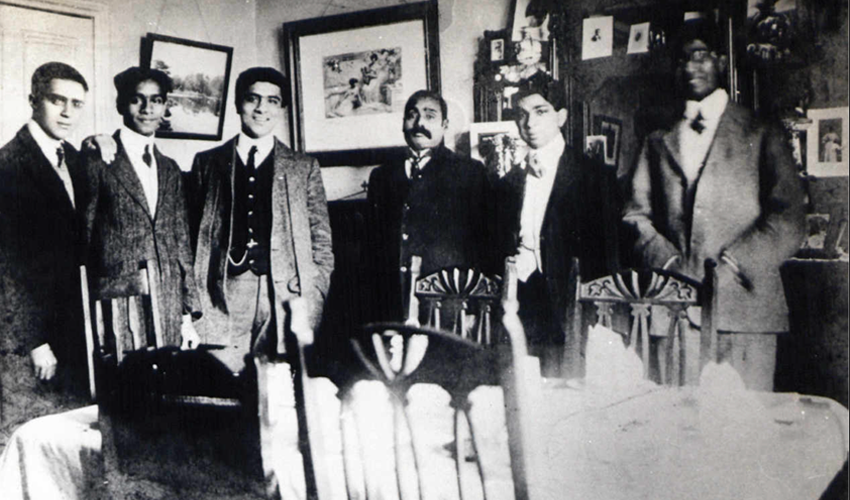
|
1865-1928 |
| Understanding Lajpat Rai’s Hindu Politics and Secularism | |
| 1935 Modern Review | |
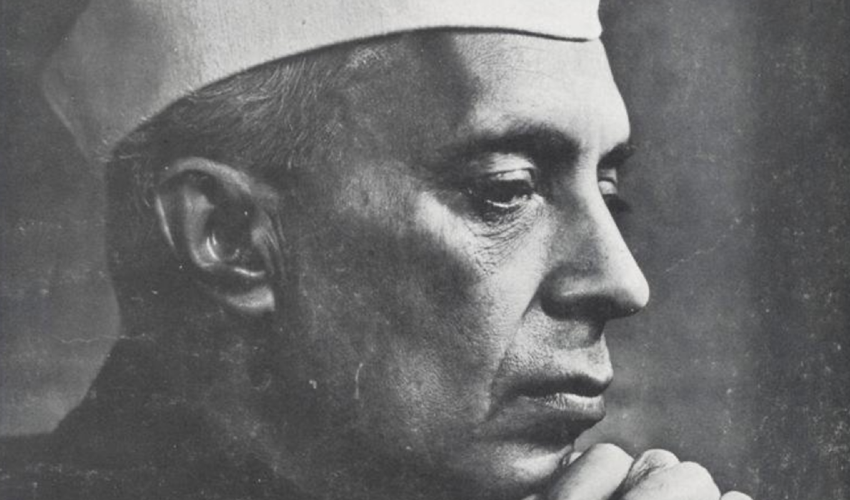
|
1935 |
| The Modern Review Special: The Mind of a Judge | |
| 1936 Modern Review | |
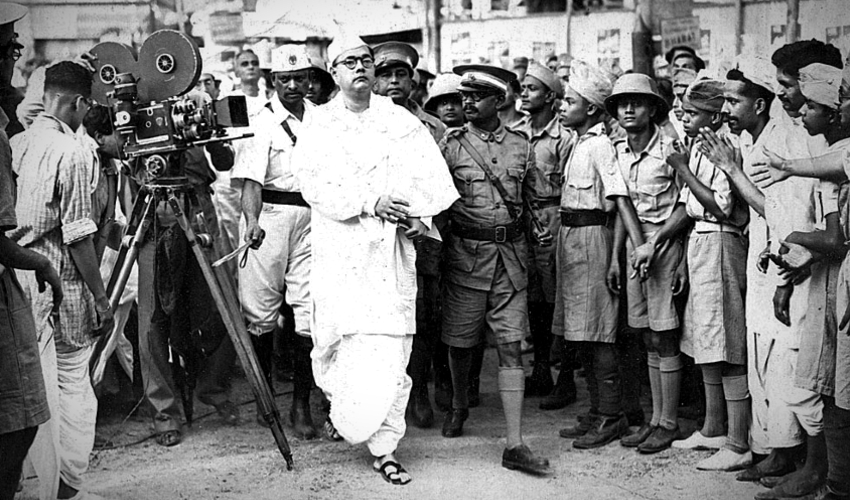
|
1936 |
| The Modern Review Special: When Netaji Subhas Bose Was Wrongfully Detained for ‘Terrorism’ | |
| 1936 | |

|
1936 |
| Annihilation of Caste: Part 1 | |
| 1936 Modern Review | |

|
1936 |
| The Modern Review Special: An Indian MP in the British Parliament | |
| 1936 | |

|
1936 |
| Annihilation of Caste: Part 2 | |
| 1936 | |

|
1936 |
| A Reflection of His Age: Munshi Premchand on the True Purpose of Literature | |
| 1936 Modern Review | |
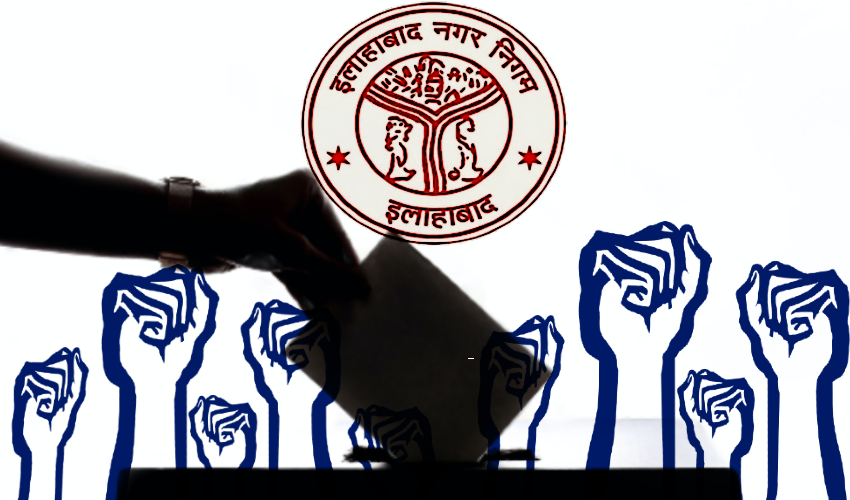
|
1936 |
| The Modern Review Special: The Defeat of a Dalit Candidate in a 1936 Municipal Election | |
| 1937 Modern Review | |
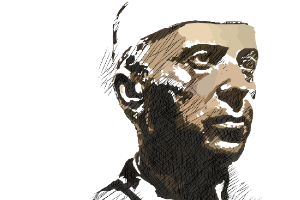
|
1937 |
| The Modern Review Special: Rashtrapati | |
| 1938 | |
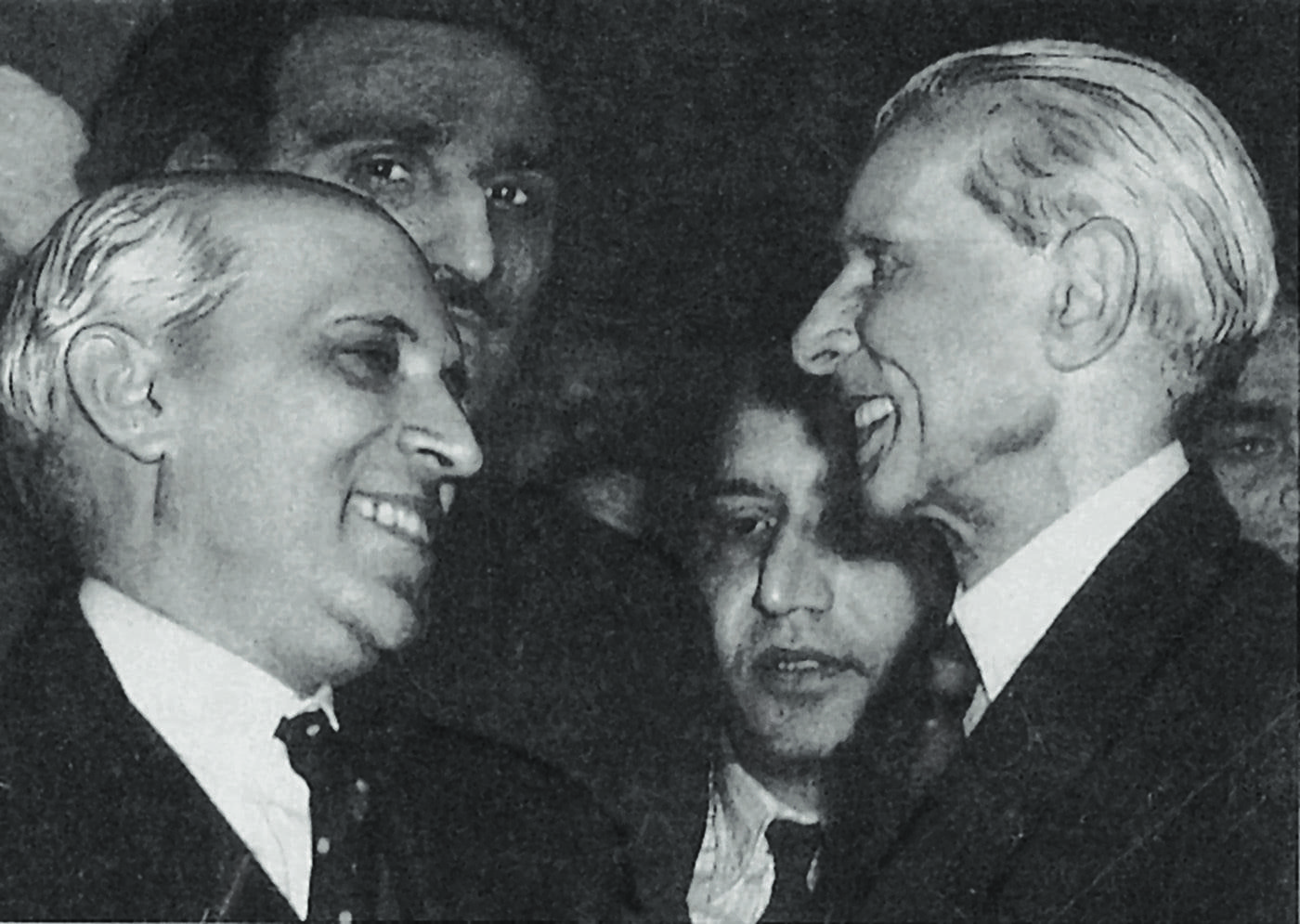
|
1938 |
| Great Debates: Nehru Vs. Jinnah (1938) | |
| 1942 Modern Review | |
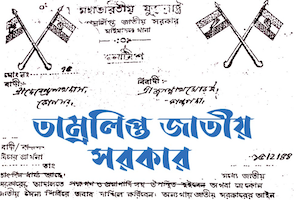
|
1942 |
| IHC Uncovers: A Parallel Government In British India (Part 1) | |
| 1942-1945 | |

|
1942-1945 |
| IHC Uncovers: A Parallel Government in British India (Part 2) | |
| 1946 | |
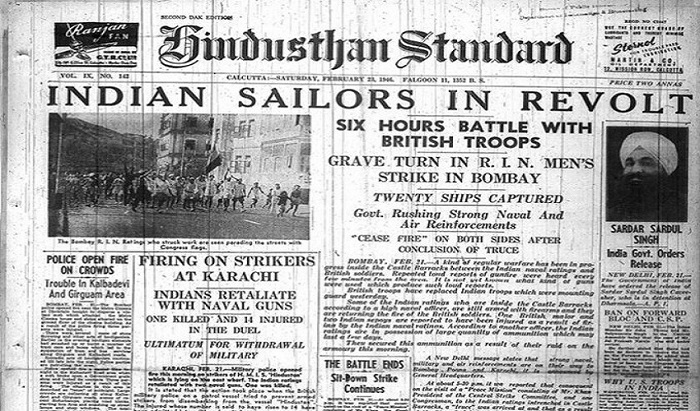
|
1946 |
| Our Last War of Independence: The Royal Indian Navy Mutiny of 1946 | |
| 1946 | |
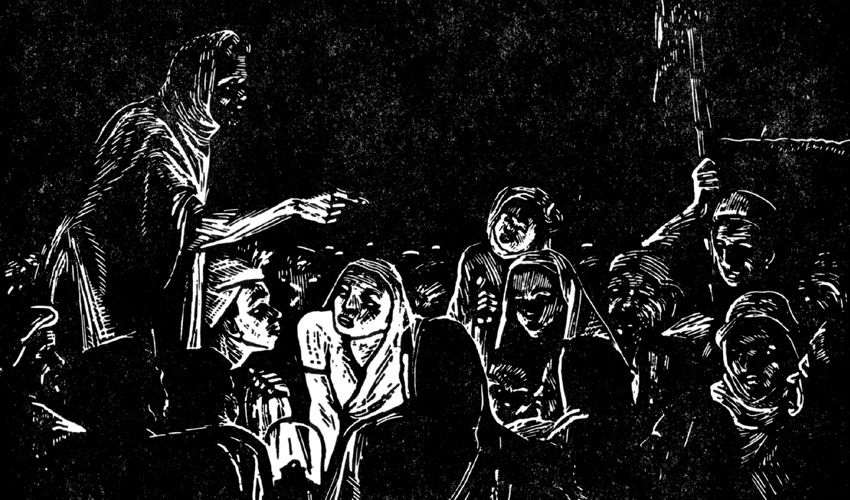
|
1946 |
| An Artist’s Account of the Tebhaga Movement in Pictures And Prose | |
| 1946 – 1947 | |
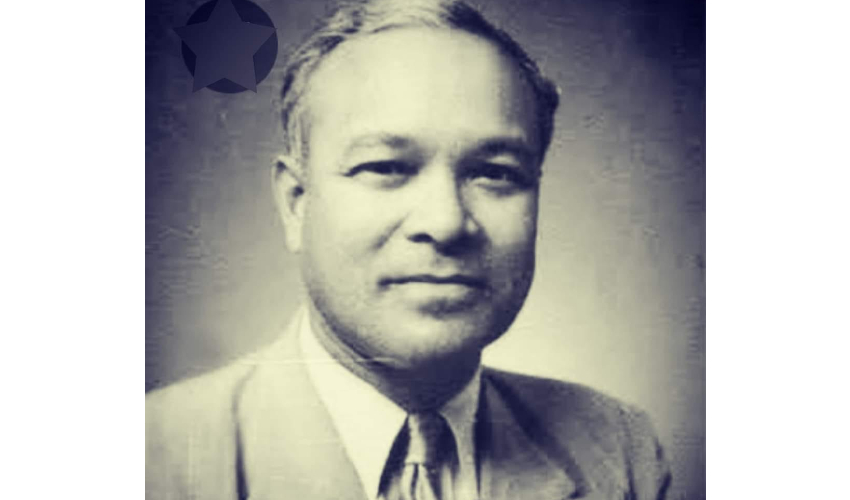
|
1946 – 1947 |
| “The Most Democratic People on Earth” : An Adivasi Voice in the Constituent Assembly | |
| 1946-1947 | |
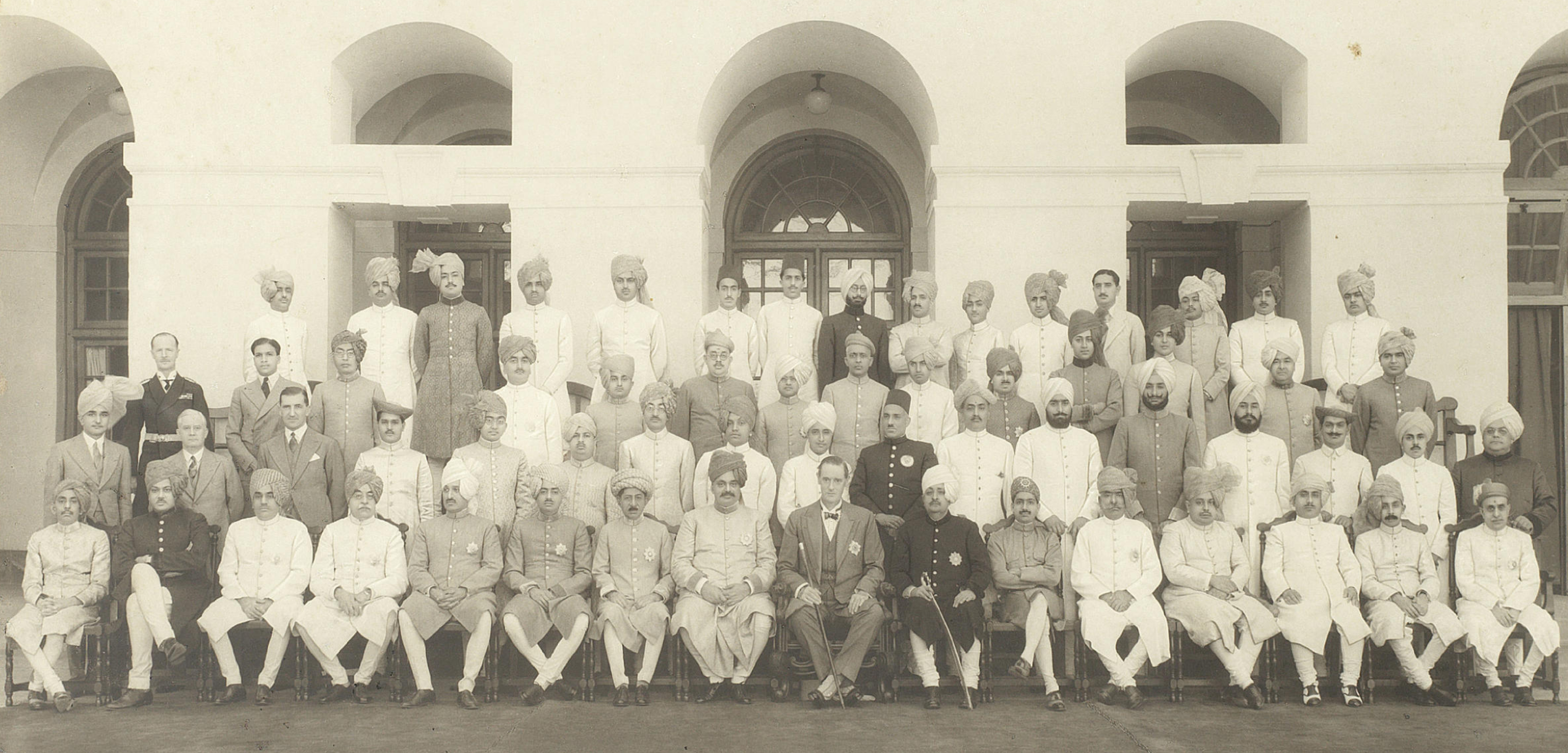
|
1946-1947 |
| VP Menon and the Birth of Independent India | |
| 1916 - 1947 | |
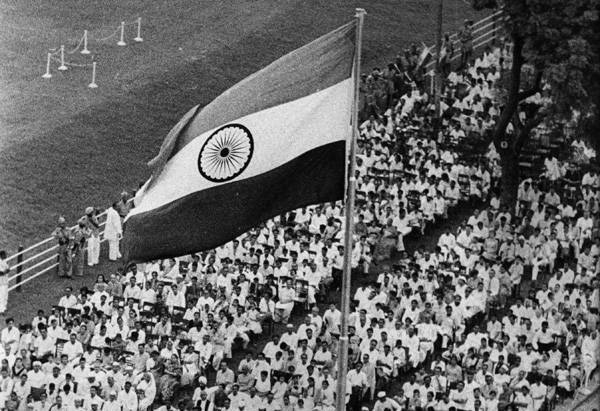
|
1916 - 1947 |
| 8 @ 75: 8 Speeches Independent Indians Must Read | |
| 1947-1951 | |
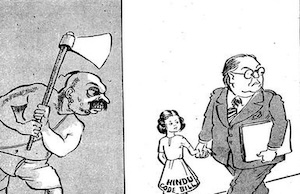
|
1947-1951 |
| Ambedkar Cartoons: The Joke’s On Us | |
| 1948 | |

|
1948 |
| “My Father, Do Not Rest” | |
| 1940-1960 | |

|
1940-1960 |
| Integration Myth: A Silenced History of Hyderabad | |
| 1948 | |
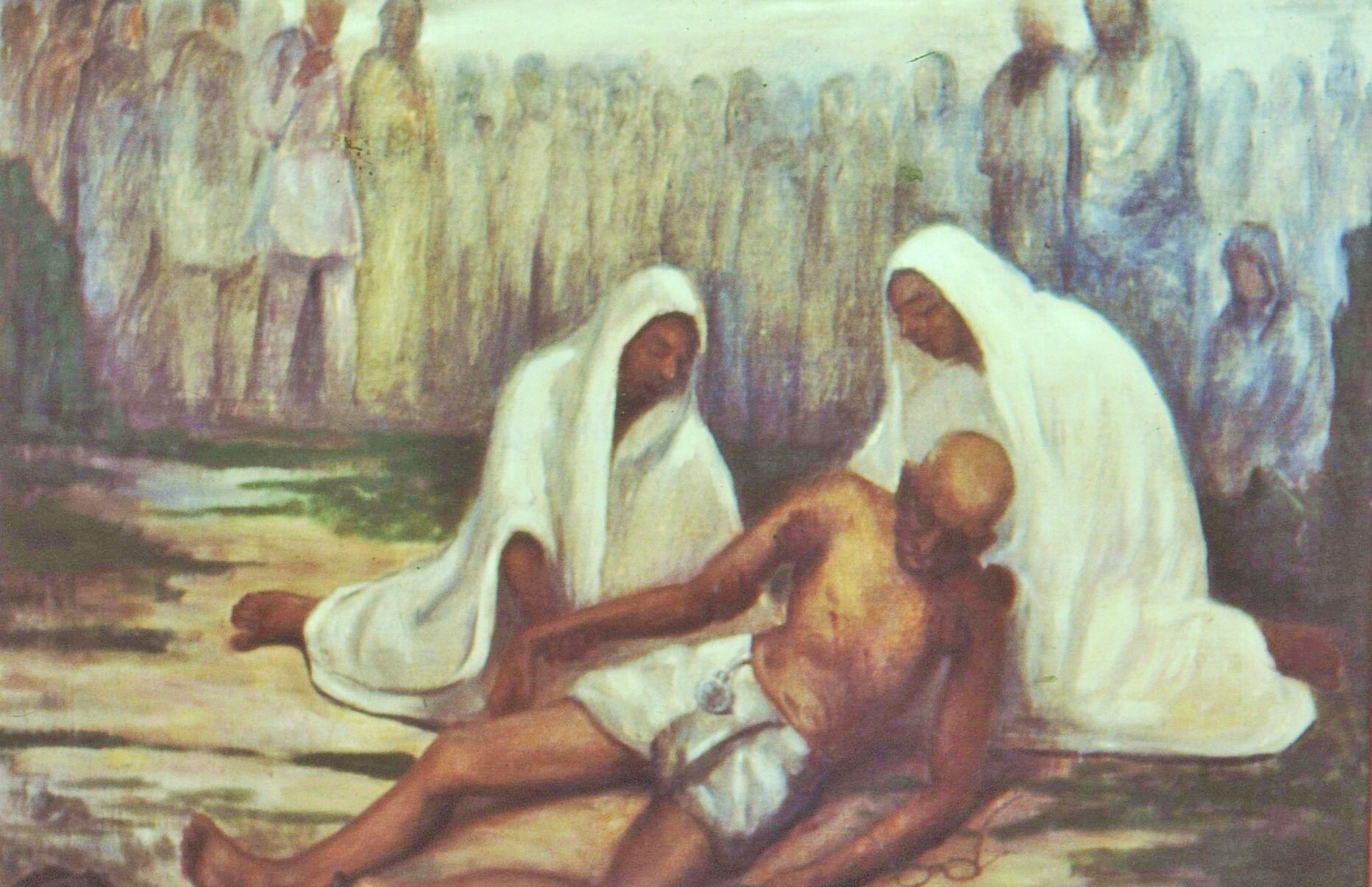
|
1948 |
| The Assassination of a Mahatma, the Princely States and the ‘Hindu’ Nation | |
| 1949 | |
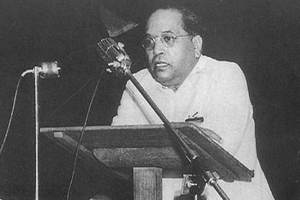
|
1949 |
| Ambedkar warns against India becoming a ‘Democracy in Form, Dictatorship in Fact’ | |
| 1950 | |
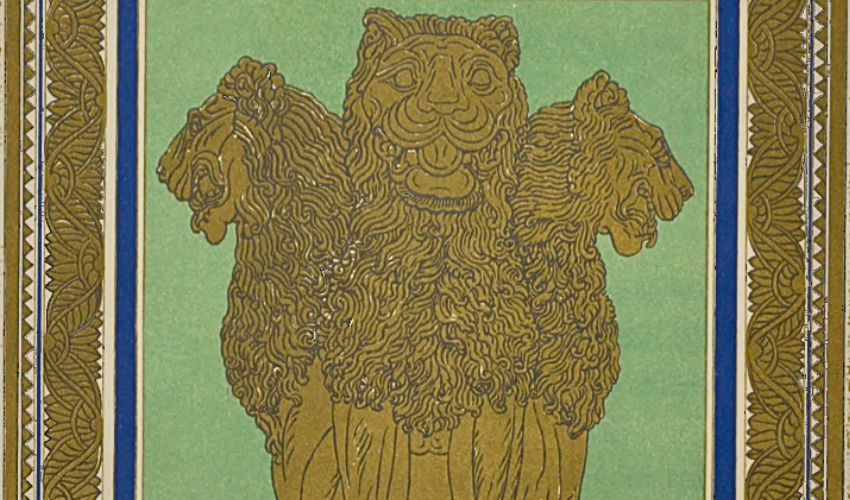
|
1950 |
| Illustrations from the constitution | |
| 1951 | |
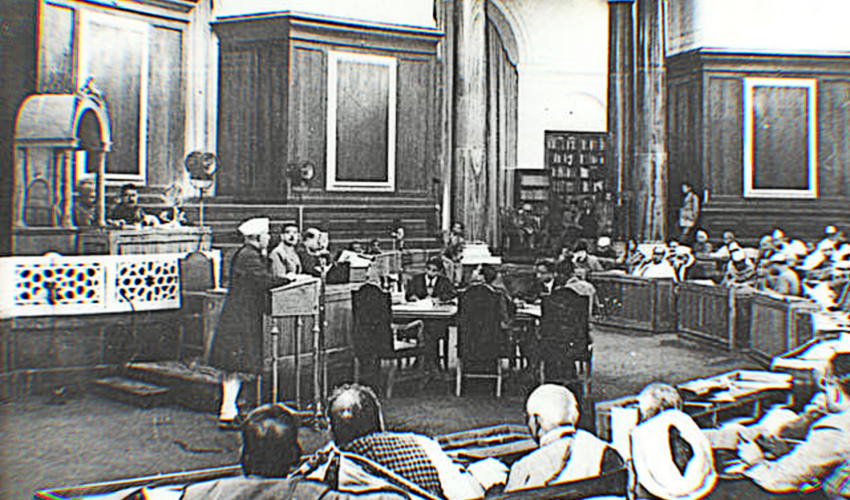
|
1951 |
| How the First Amendment to the Indian Constitution Circumscribed Our Freedoms & How it was Passed | |
| 1967 | |
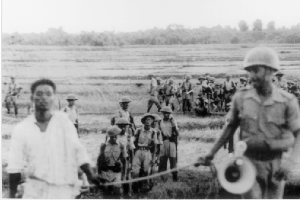
|
1967 |
| Once Upon A Time In Naxalbari | |
| 1970 | |
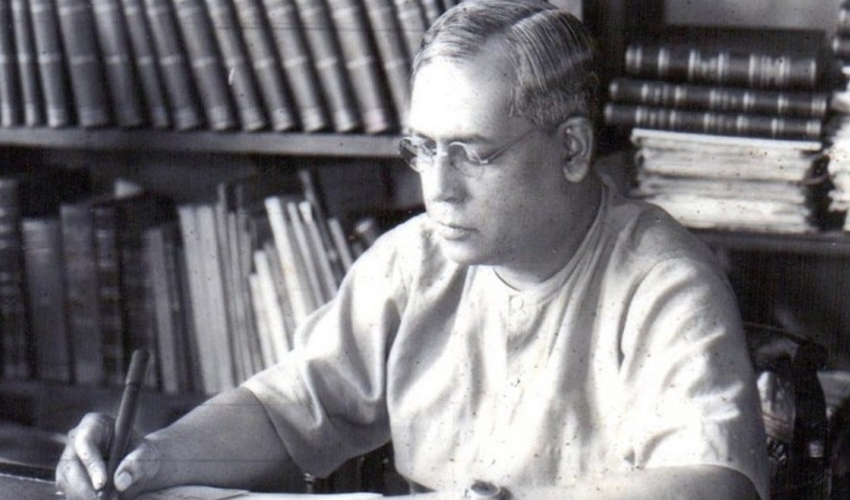
|
1970 |
| R.C. Majumdar on Shortcomings in Indian Historiography | |
| 1973 - 1993 | |
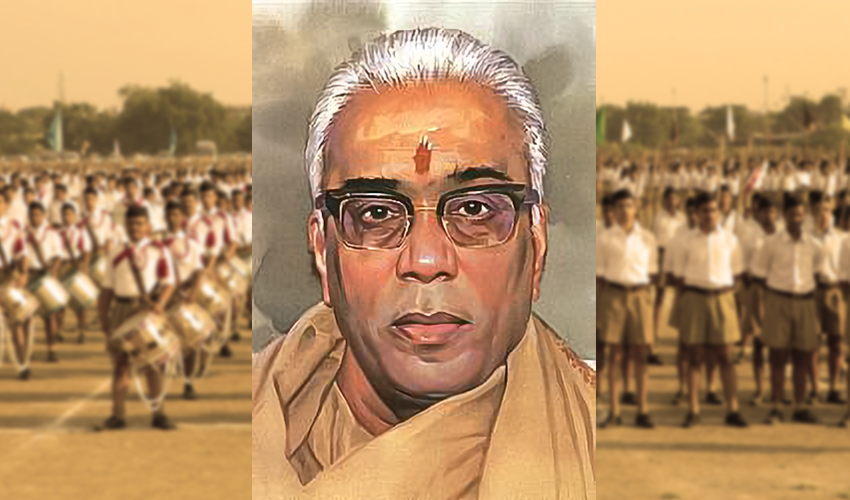
|
1973 - 1993 |
| Balasaheb Deoras: Kingmaker of the Sangh | |
| 1975 | |
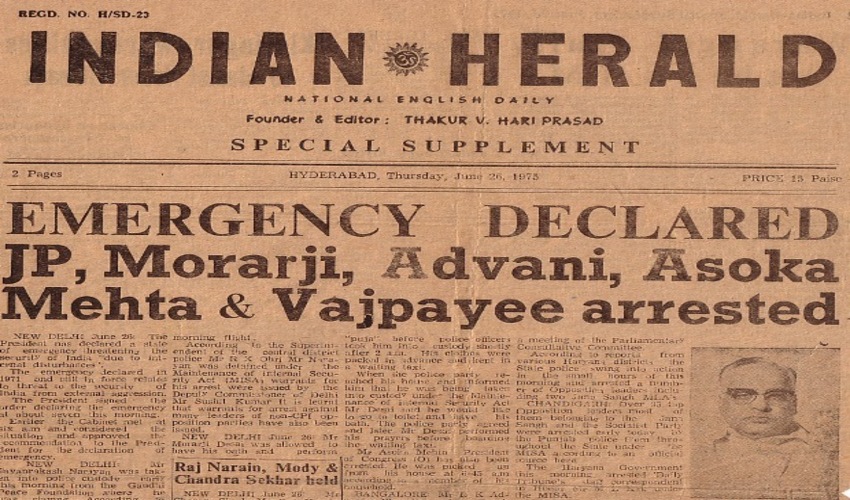
|
1975 |
| The Emergency Package: Shadow Power | |
| 1975 | |
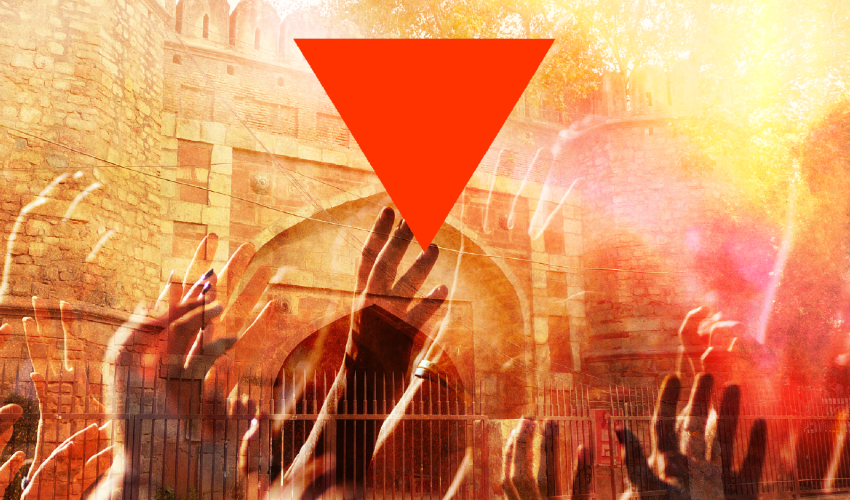
|
1975 |
| The Emergency Package: The Prehistory of Turkman Gate – Population Control | |
| 1977 – 2011 | |
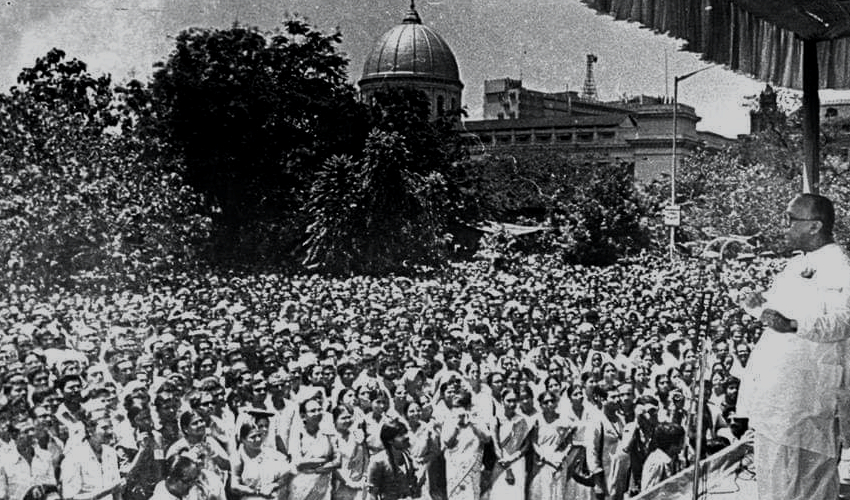
|
1977 – 2011 |
| Power is an Unforgiving Mistress: Lessons from the Decline of the Left in Bengal | |
| 1984 | |
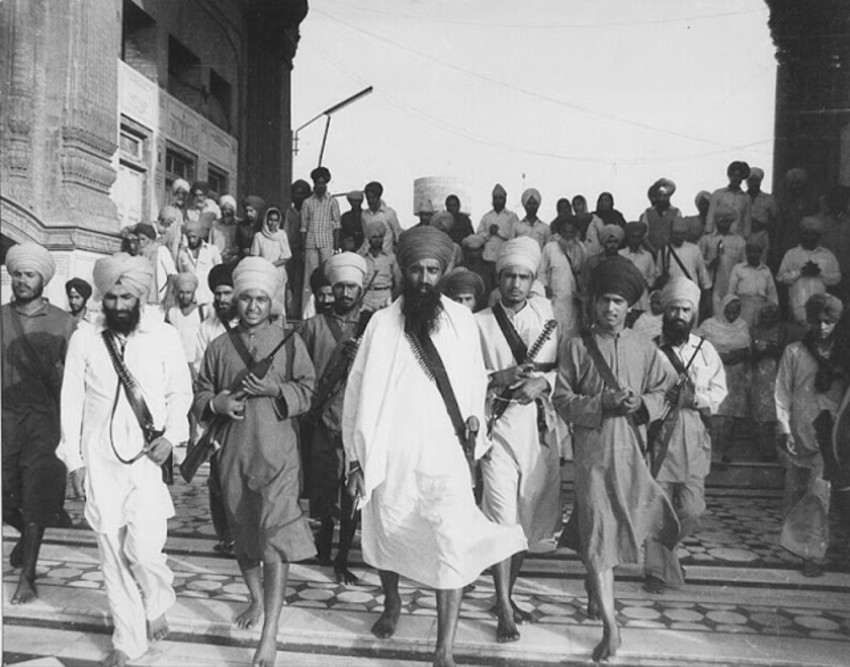
|
1984 |
| Mrs Gandhi’s Final Folly: Operation Blue Star | |
| 1916-2004 | |

|
1916-2004 |
| Amjad Ali Khan on M.S. Subbulakshmi: “A Glorious Chapter for Indian Classical Music” | |
| 2008 | |
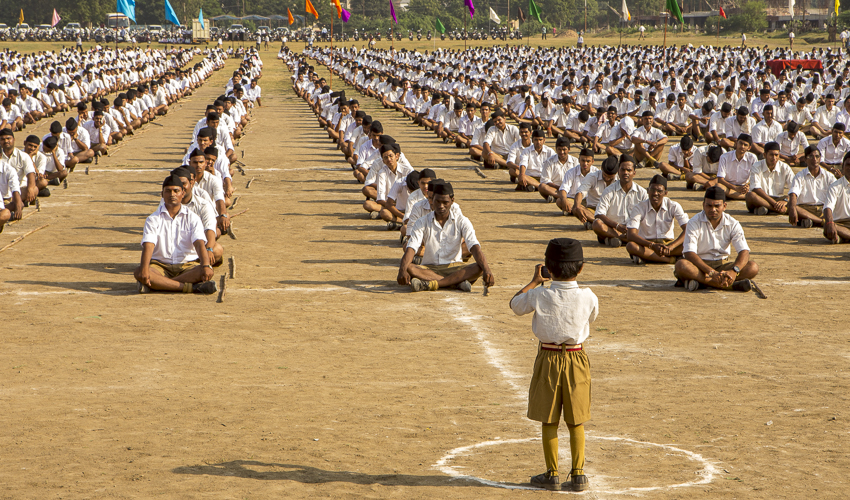
|
2008 |
| Whose History Textbook Is It Anyway? | |
| 2006 - 2009 | |

|
2006 - 2009 |
| Singur-Nandigram-Lalgarh: Movements that Remade Mamata Banerjee | |
| 2020 | |

|
2020 |
| The Indo-China Conflict: 10 Books We Need To Read | |
| 2021 | |
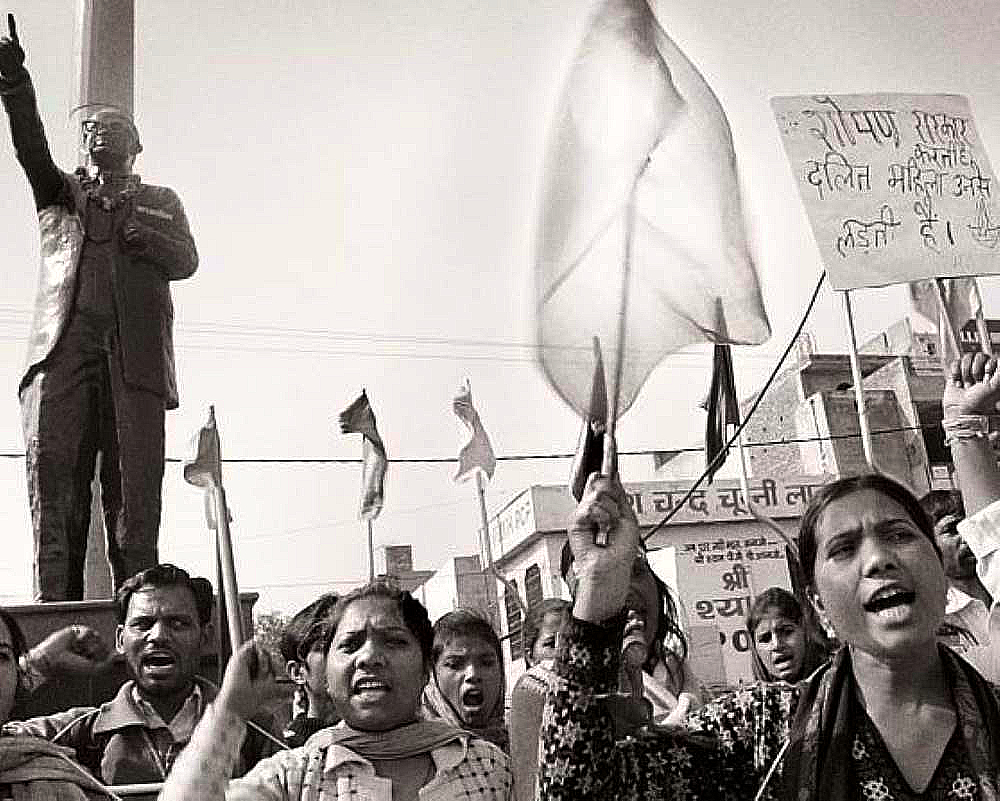
|
2021 |
| Singing/Writing Liberation: Dalit Women’s Narratives | |
Leave a Reply